I was invited by the Bhutan Tourism Authority to visit Bhutan.
Since I went, it’s only right to report back, so today I’m sharing the ultimate, incredibly detailed guide to Bhutan.
Bhutan is an extremely mysterious country, with very few people from our nation having visited. In this comprehensive guide, I aim to cover as many details as possible, hoping to be of help to everyone.

1) Where is Bhutan?
Bhutan borders Tibet on one side and India on the other. China and India are the only two neighboring countries of Bhutan.
The area of Bhutan is just slightly larger than the land area of Hainan Island in China, with a population of over 800,000. It is one of the least developed countries in the world.
I have provided a map to give everyone a clearer picture.

2) The Allure of Bhutan
Scenes from “Fantastic Beasts 3” were filmed in Bhutan; Tony Leung and Carina Lau got married in Bhutan; the happiness index of Bhutan’s people is high; Bhutan is the only country in the world that practices Tibetan Buddhism as the state religion; the fairy tale of Cinderella and the prince truly exists in Bhutan.
Bhutan has no railways, no skyscrapers, and not even traffic lights. However, what you can see everywhere are blue skies, white clouds, snow-capped mountains, and forests.

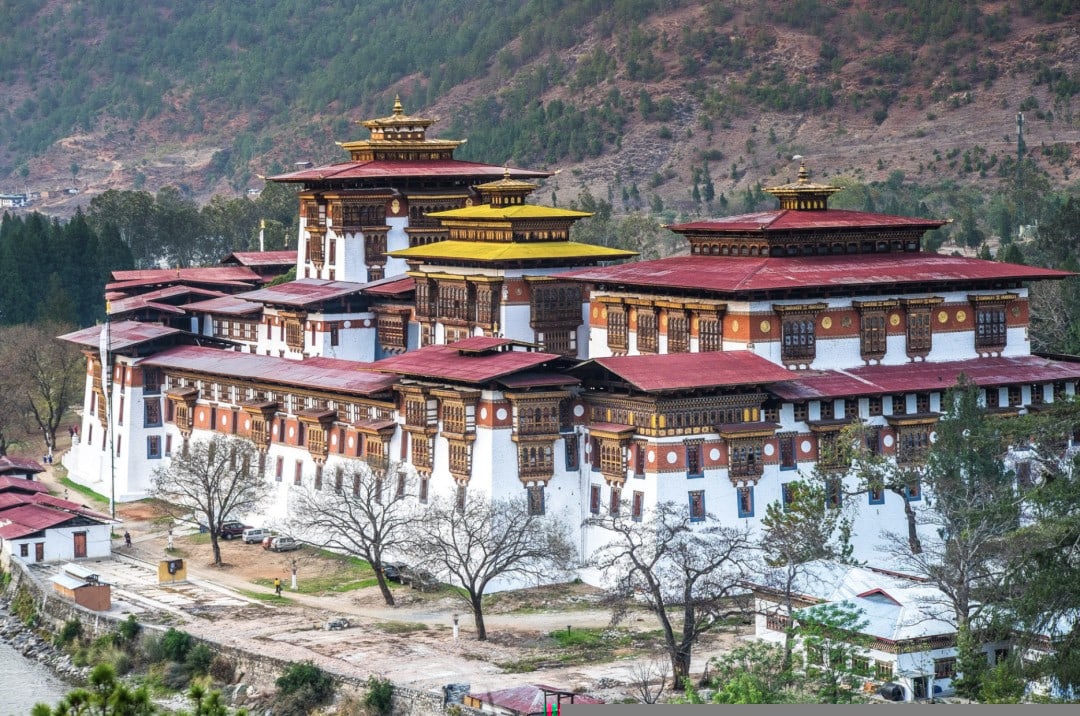
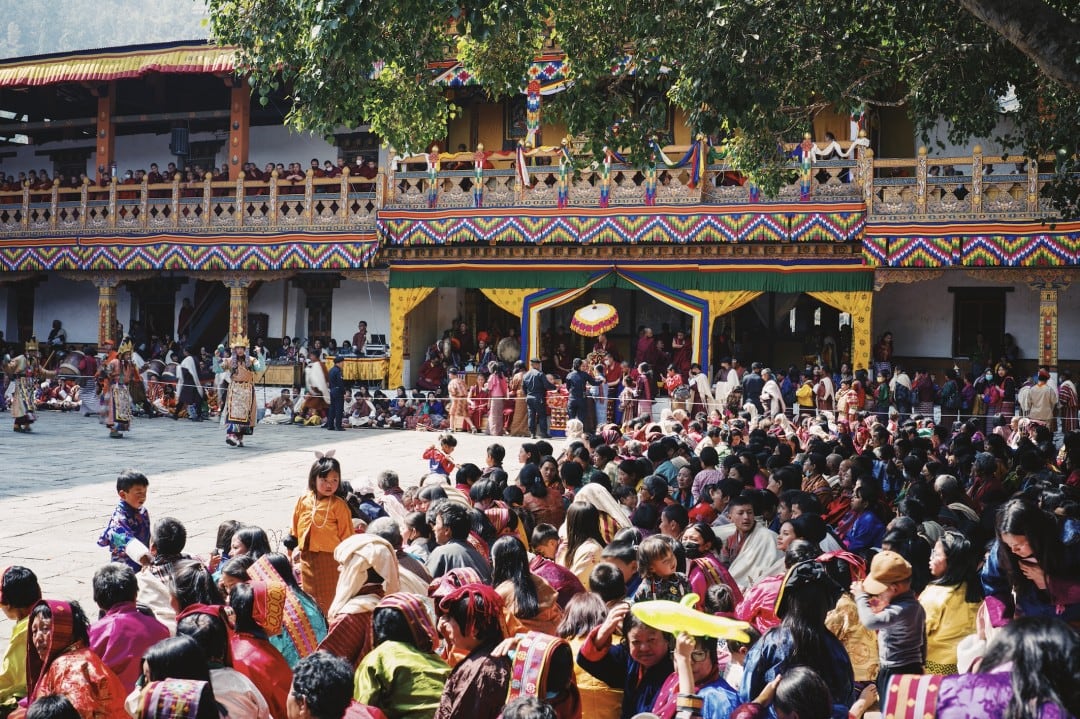
3) Why Visit Bhutan
Opinions about Bhutan are extremely polarized. Some say it’s not worth visiting, complaining about the shoddy infrastructure and the modest scenery that doesn’t compare to the grandeur of Tibet, with prices much higher than those in Tibet and Nepal.
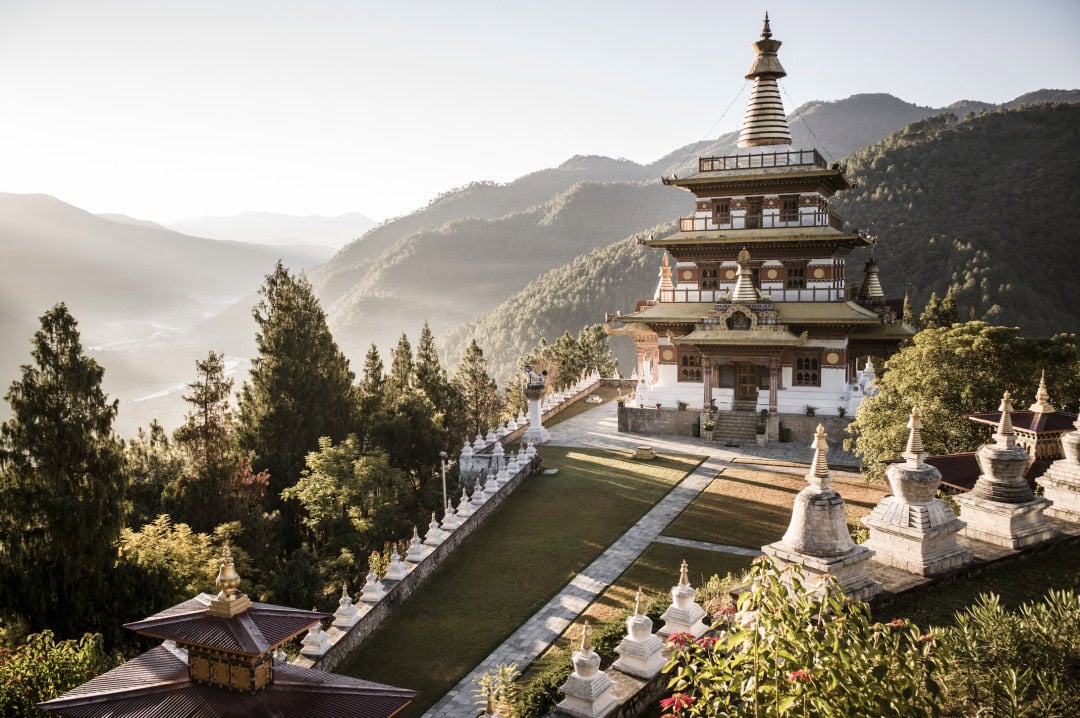
On the other hand, some people say Bhutan is great, offering an excellent travel experience. Not only is it a cultural feast, but it is also considered a personal Shangri-La.
Here are some comments from Xi You readers who say they’d like to visit Bhutan again.

I think Bhutan has several advantages:
Traveling in Bhutan means you’ll absolutely avoid crowds.
Due to the limitation on the number of daily flights and the high threshold for travel (200 USD per day), Bhutan has very few tourists. Crowded tourist spots simply don’t exist in Bhutan.
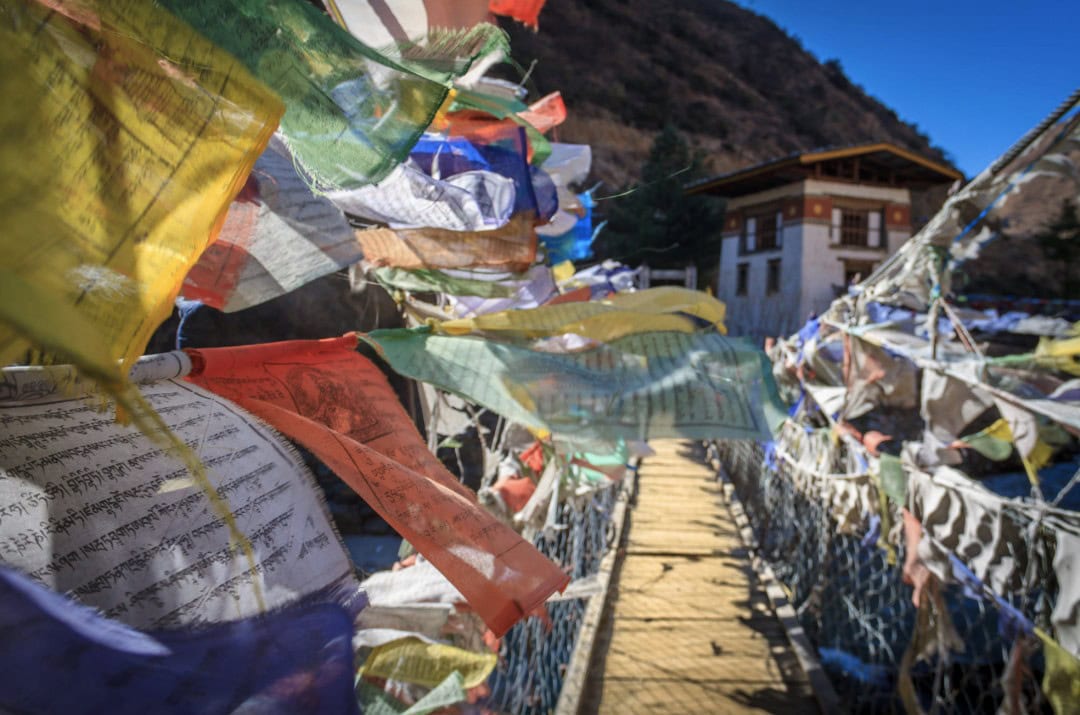
The travel experience in Bhutan is exceptional.
Bhutan offers a personalized travel experience, with a dedicated driver and tour guide accompanying you throughout your journey.
Additionally, Bhutan follows an all-inclusive pricing model. Most of Bhutan’s star-rated hotels provide three meals a day (some even offer spa services).
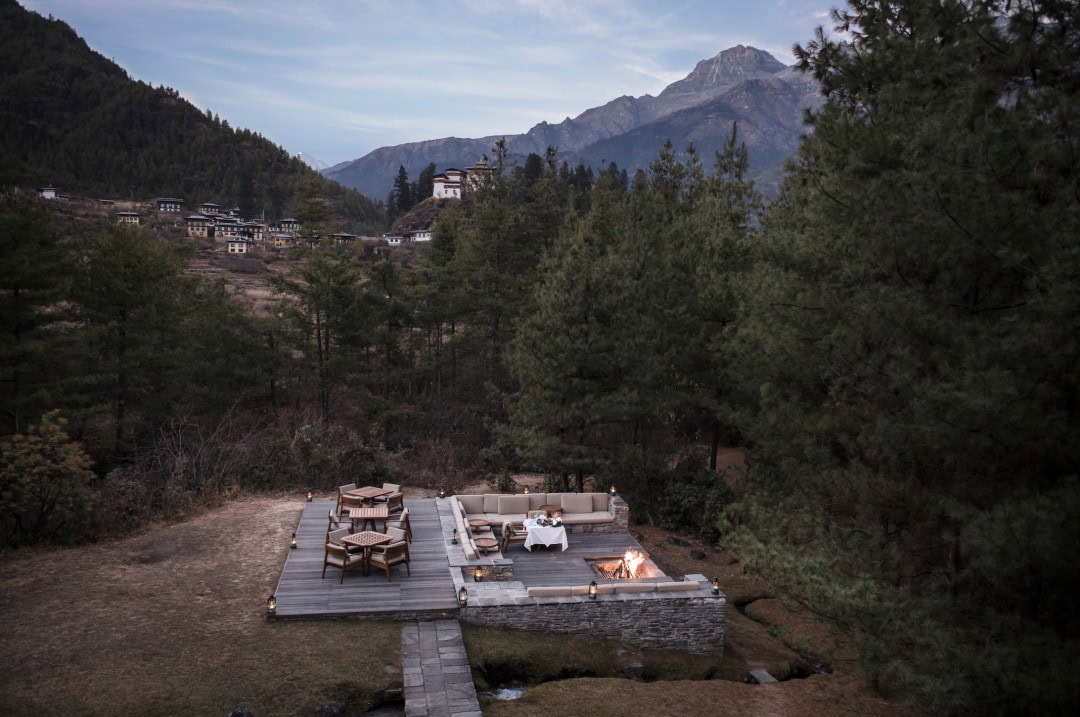
There are numerous excellent hotels to choose from.
Amankora, Six Senses, COMO, SLH, Zhiwa Ling, Taj, Dusit, and Le Meridien all have a presence in Bhutan. It is truly a paradise for hotel enthusiasts.
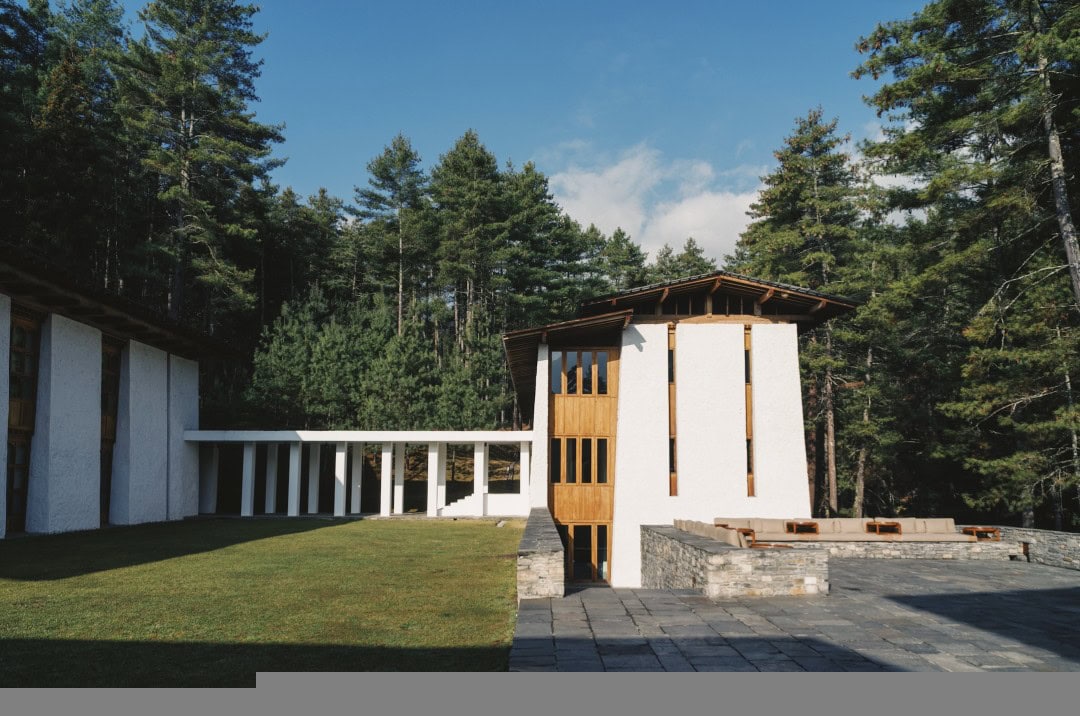
How to get to Bhutan?
Although Bhutan borders China, currently, there is no direct overland route from China to Bhutan; you must first travel to India.
The best way to visit Bhutan is by air.
Paro International Airport is Bhutan’s only international airport, with direct flights to and from Kathmandu, Nepal; Delhi, Mumbai, and Guwahati, India; Kolkata, Bangladesh; Dhaka, Singapore; and Bangkok, Thailand.
Here is a route map showing flights to Bhutan.
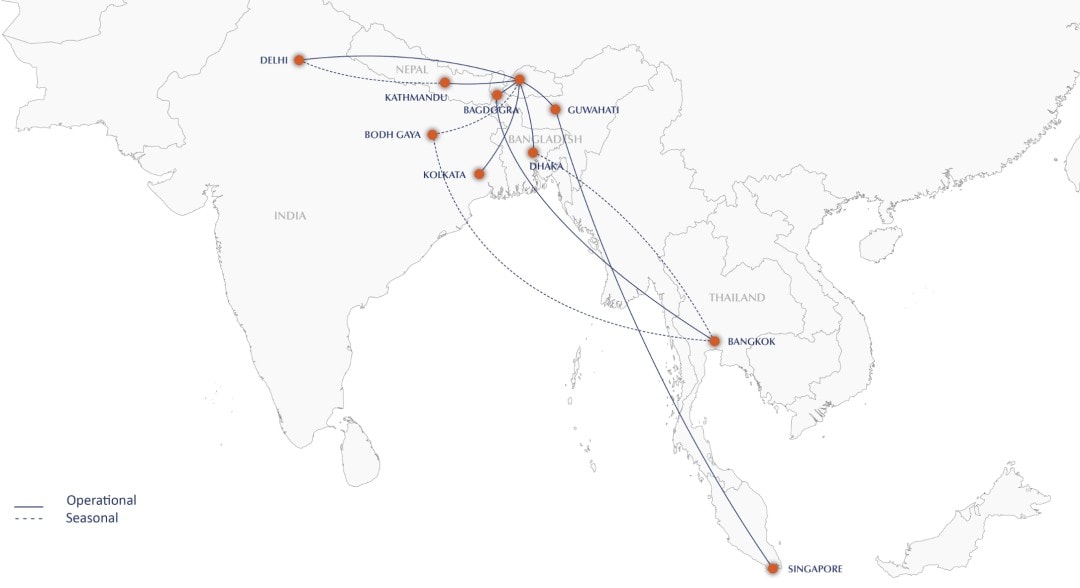
Flights to Bhutan are monopolized by Drukair and Bhutan Airlines, and tickets are usually full-priced. For example, a round-trip ticket from Bangkok to Paro typically costs around $1000.
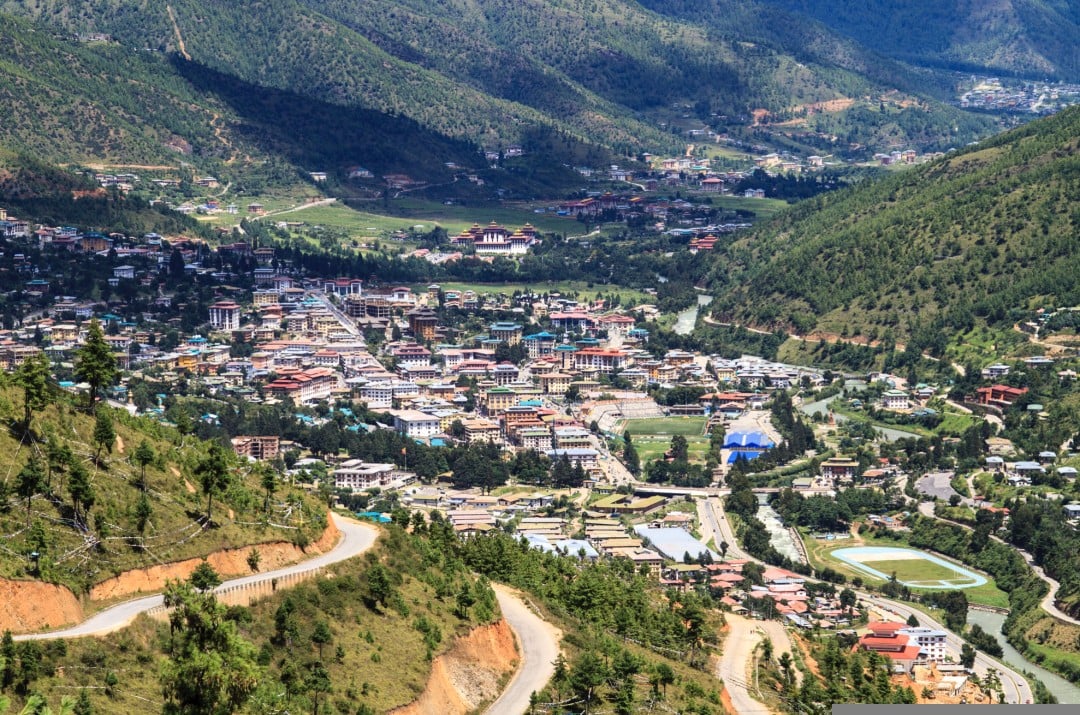
The flight from Kathmandu, Nepal, to Bhutan is the shortest route, so tickets are cheaper than those from Bangkok or India. Additionally, on this route, you can see the Himalayas from the plane (be sure to sit on the left side by the window).
However, traveling from China to Nepal can be quite a hassle.
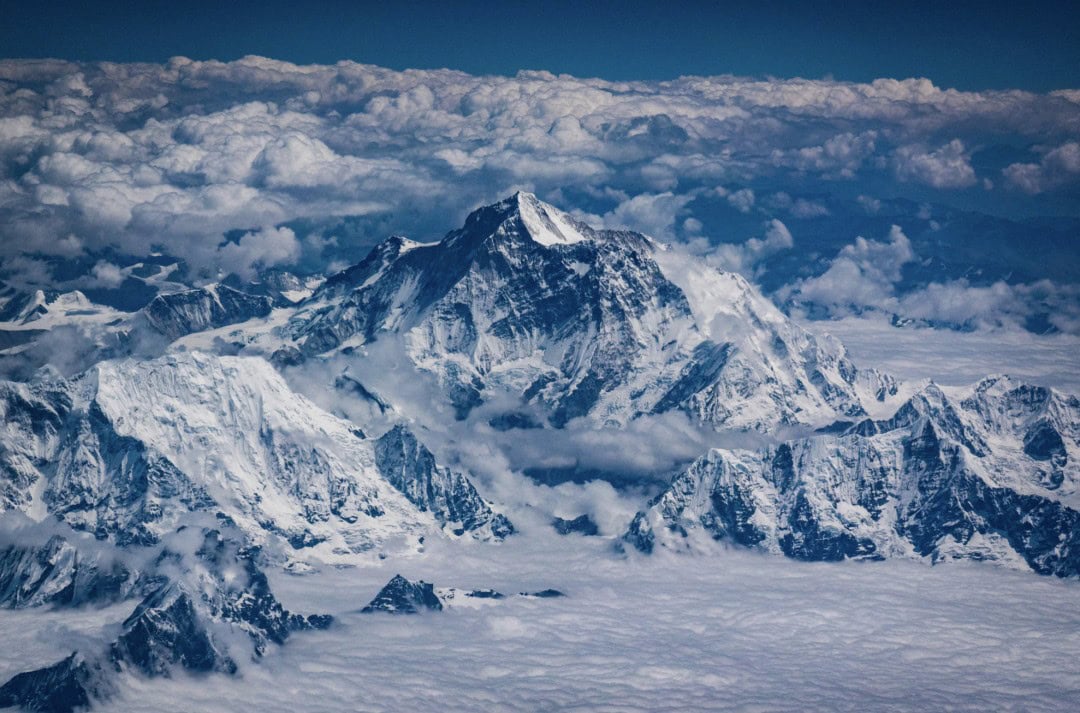
Transiting through Bangkok is relatively more convenient for Chinese travelers, mainly because flights from China to Bangkok are frequent, and there are daily flights from Bangkok to Bhutan.
Drukair has baggage interline agreements with Air China, China Southern, and China Eastern, allowing your luggage to be checked through to your final destination.
This benefits travelers by saving the approximately 400 RMB visa-on-arrival fee for Thailand.
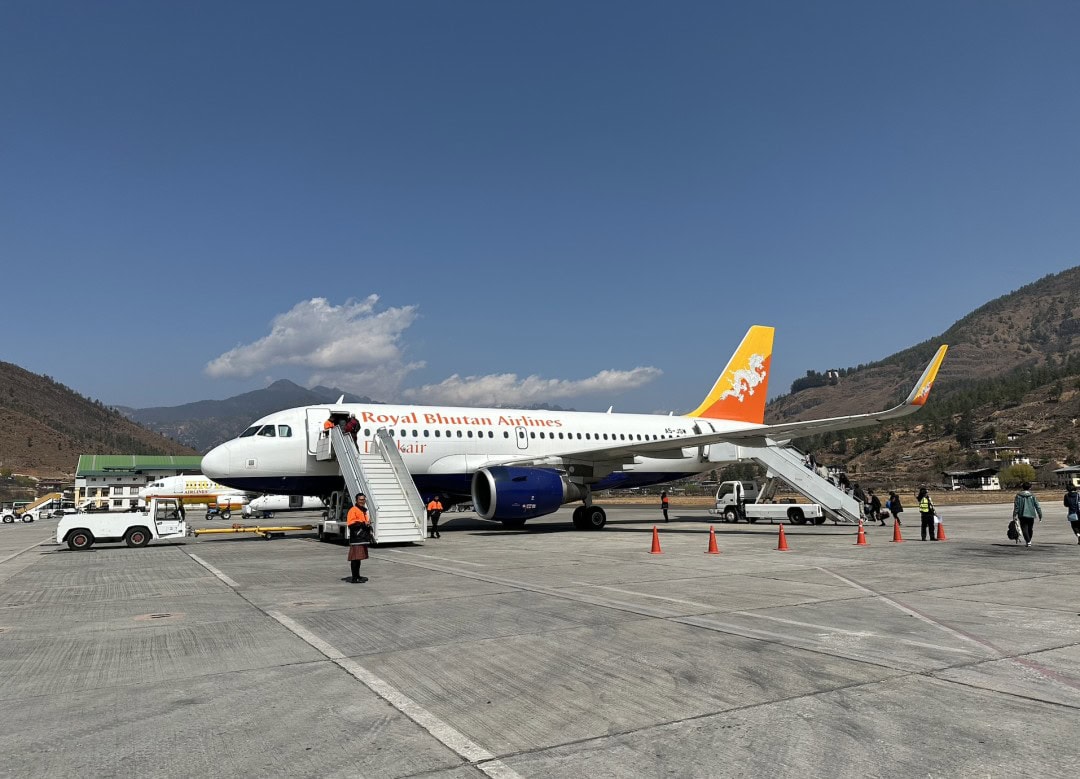
By the way, Paro Airport is reputed to be one of the world’s ten most dangerous airports. The plane needs to navigate through several mountain peaks in the valley before aligning with the runway.
I happened to sit by the window during my flight, and it felt like the plane’s wings were almost touching the mountains. It was quite nerve-wracking.
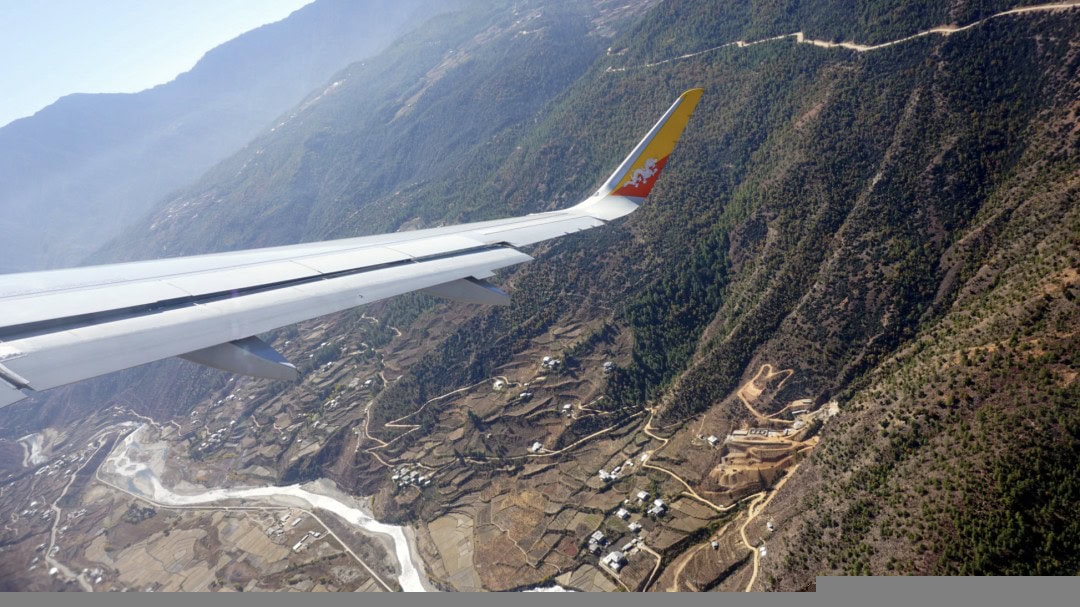
I’ll also share the official websites of Bhutan’s two airlines for your convenience in booking tickets.
Drukair: https://www.drukair.com.bt/
Bhutan Airlines
http://www.bhutanairlines.bt/
Regarding Bhutan Visa
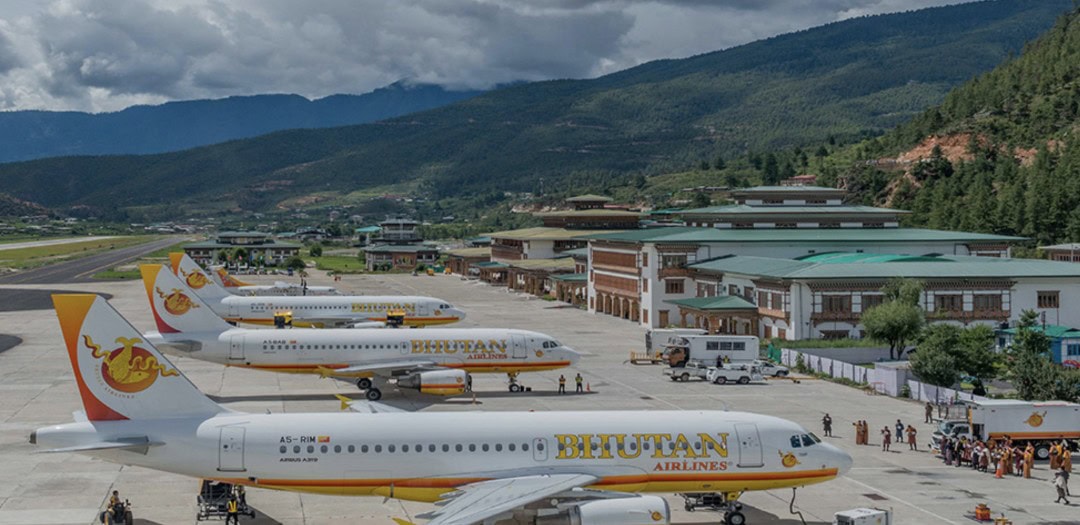
The process for obtaining a Bhutan visa is not difficult but can be somewhat tedious due to the amount of documentation required.
These documents include round-trip airfare, a detailed itinerary within Bhutan (including daily hotel and guide information), and passport photos, among other things.
Therefore, it’s best to leave it to a Bhutan travel agency.
The visa fee is $40, and it is valid for 6 months.
Bhutan Visa Website:
Bhutan Travel Budget
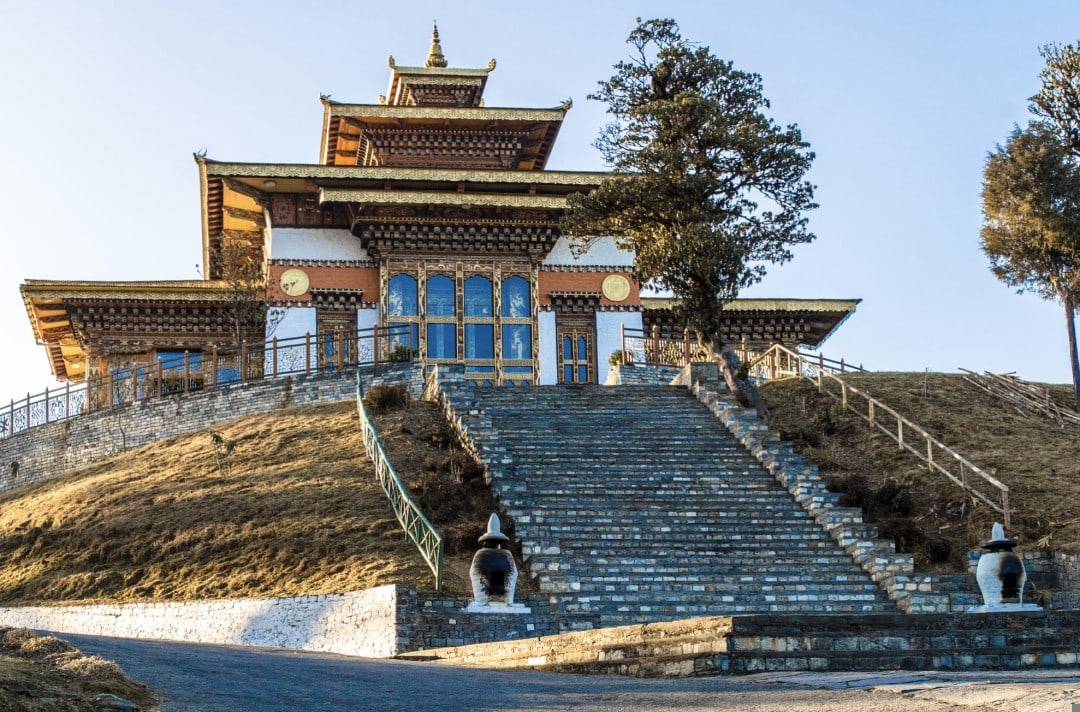
Traveling to Bhutan is not cheap. The government has a fixed charge of $200 per day (calculated based on an overnight stay counting as one day). So even if you travel on a budget, the hard cost per day exceeds $200.
Hotels in Bhutan are not cheap. For $800-1000, you can stay in a four-star hotel. Five-star hotels typically cost over $2000 per night. If you stay at Aman or Six Senses, a night’s stay averages over $15,000.
When you factor in round-trip airfare, visa fees, and the cost of a driver, guide, and vehicle during your trip, a 6-day, 5-night trip can easily cost over $30,000. If you stay in high-end hotels, there is no upper limit to the budget.
How to Enjoy Bhutan?
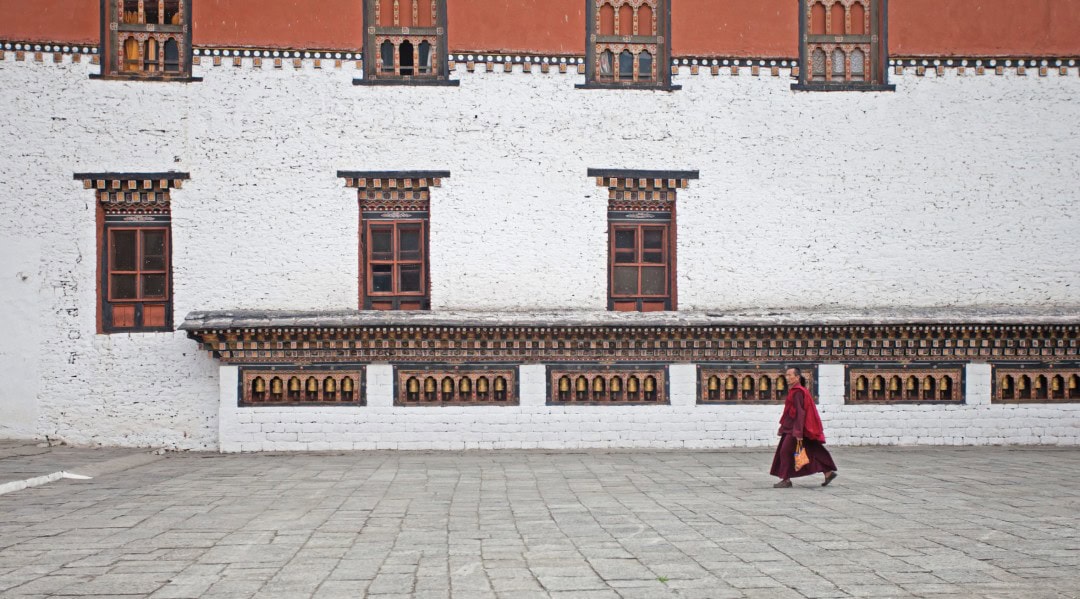
When it comes to exploring Bhutan, you can always trust Aman and Six Senses.
These two hotel chains each have a property in Thimphu, Punakha, Gangtey, Bumthang, and Paro.
These five destinations represent the essence of a Bhutanese tour. Let me continue with some images from Aman Bhutan.
Paro
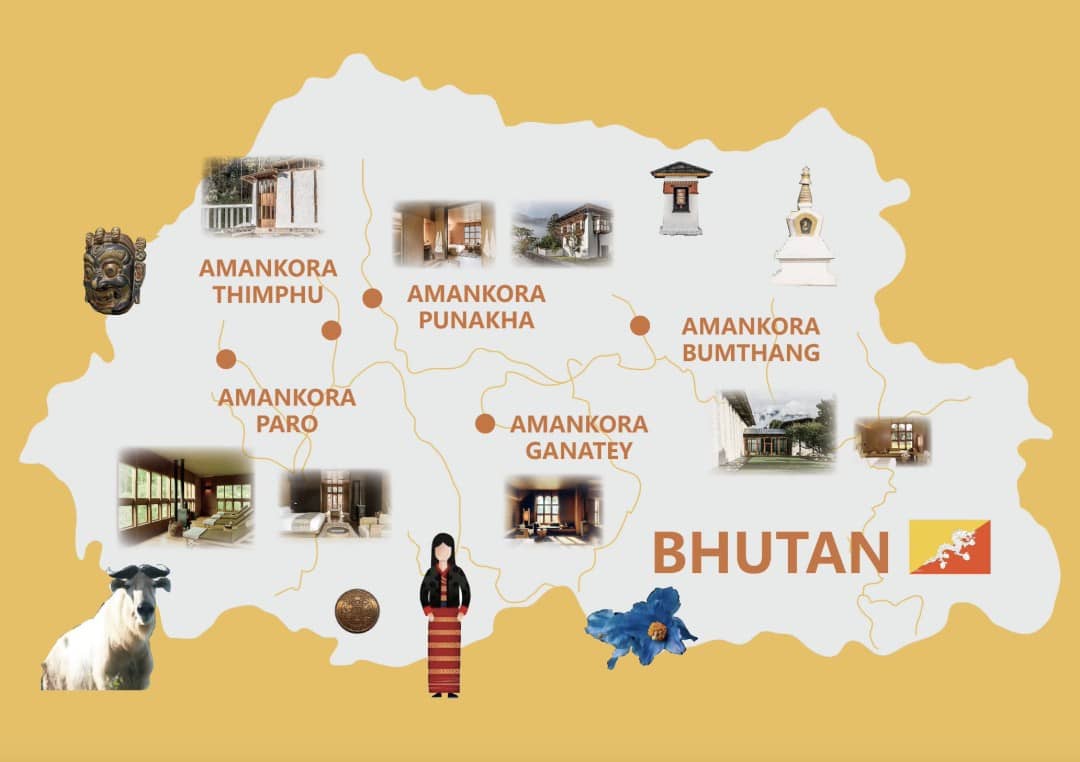
Bhutan’s only international airport is located in Paro.
Bhutan’s top-rated attraction, Tiger’s Nest Monastery, is also in Paro.
The Paro Dzong where Tony Leung and Carina Lau had their wedding photos taken, and their wedding venue — the COMO Uma Hotel in Paro, are both iconic.
Therefore, if you are traveling to Bhutan, Paro is an unavoidable and quintessential stop.
Here are several places in Paro worth visiting:
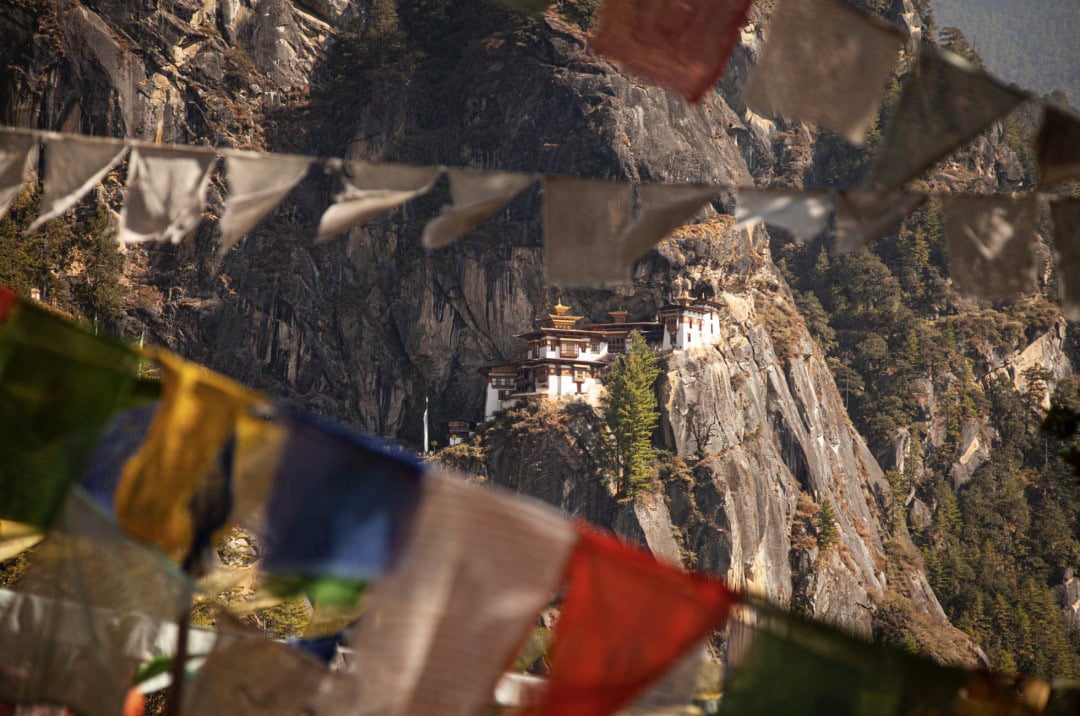
Paro Dzong, where “Dzong” in Bhutan refers to combined temple and government office buildings (Bhutan is a theocratic state, and the functions of dzongs are generally similar: half serve as the city government’s office and half as the local religious leader’s place of practice).
Dzongs are usually very large and are the landmark buildings of each administrative district in Bhutan.
Tony Leung and Carina Lau’s wedding photos were taken in Paro Dzong, right on the staircase shown in my second picture below.
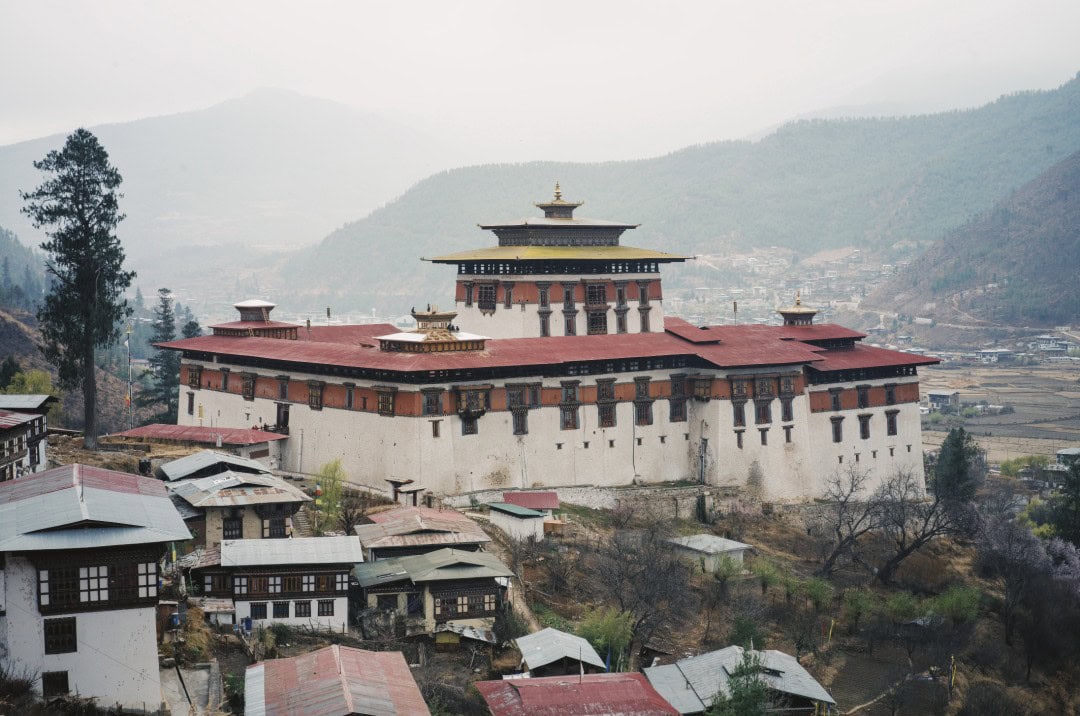
The grand Paro Tsechu Festival is held here every spring. It’s a lively event with a large number of participants.
Tiger’s Nest Monastery
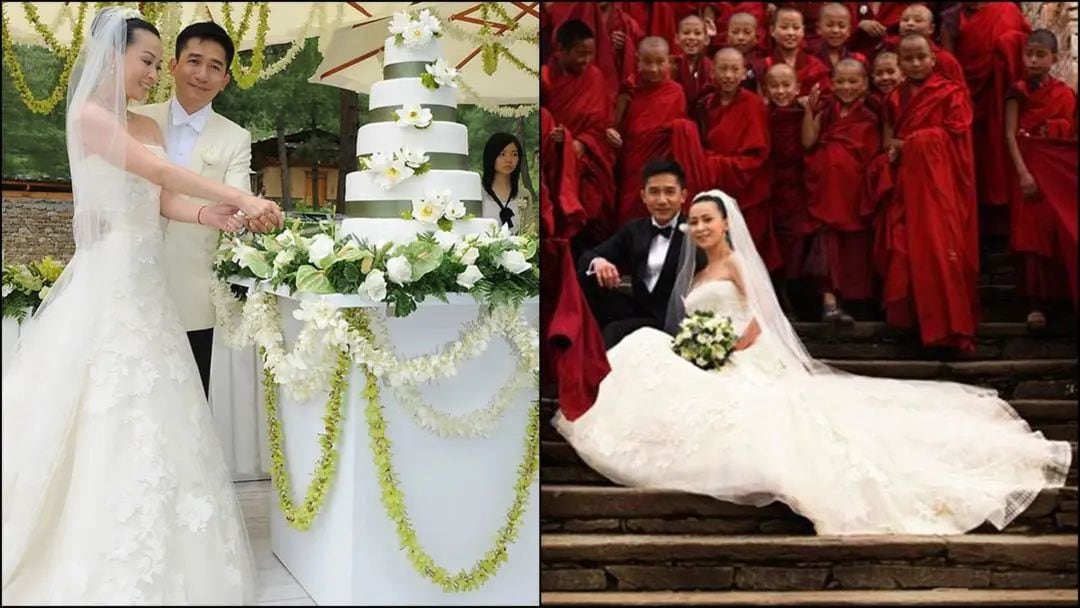
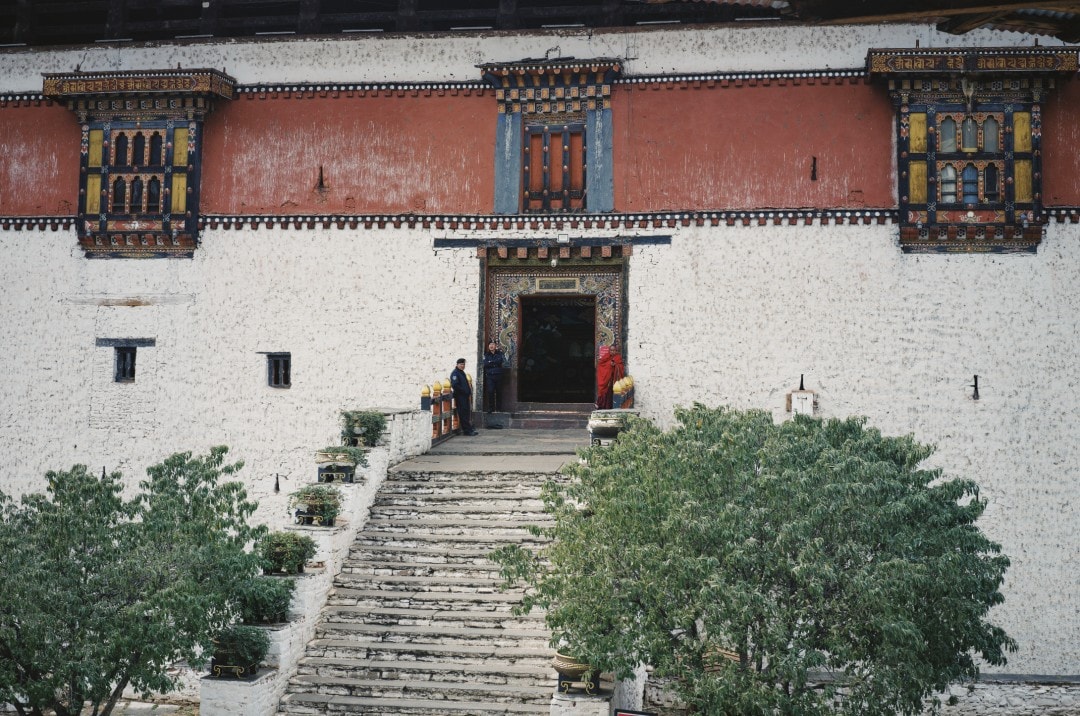
The Tiger’s Nest Monastery is incredibly famous – it’s the iconic landmark of Bhutan, perched on a cliff at an altitude of 3,300 meters. Visiting Bhutan without seeing the Tiger’s Nest is like never having been to Bhutan at all.
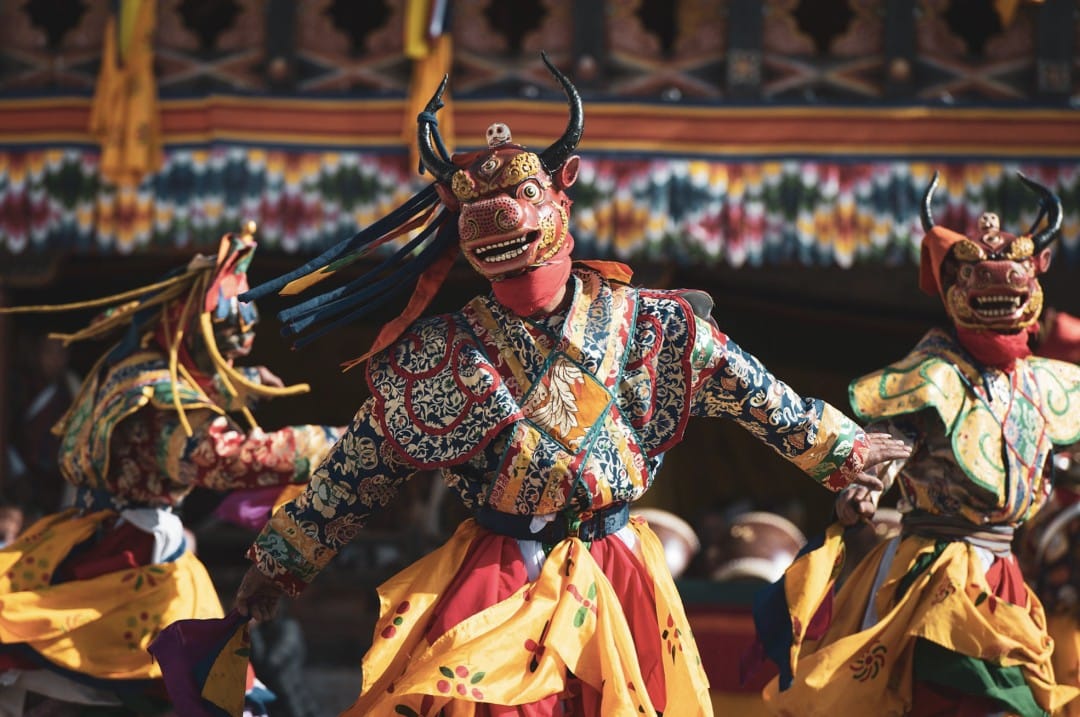
The Tiger’s Nest Monastery is quite challenging to get to. It took us 7 hours in total (all climbing, no horse riding), and the despairing V-shaped slope on the cliff nearly made me want to give up.
The architecture of the Tiger’s Nest Monastery is very compact, built snuggly against the cliff, and it is definitely worth visiting.
Additionally, since Paro has Bhutan’s only international airport, there are relatively more shops where you can buy things and places to explore, including several cafes, KTVs, and even a Uniqlo.
I recommend staying one night in Paro before the return trip, as there are many options for buying souvenirs here.
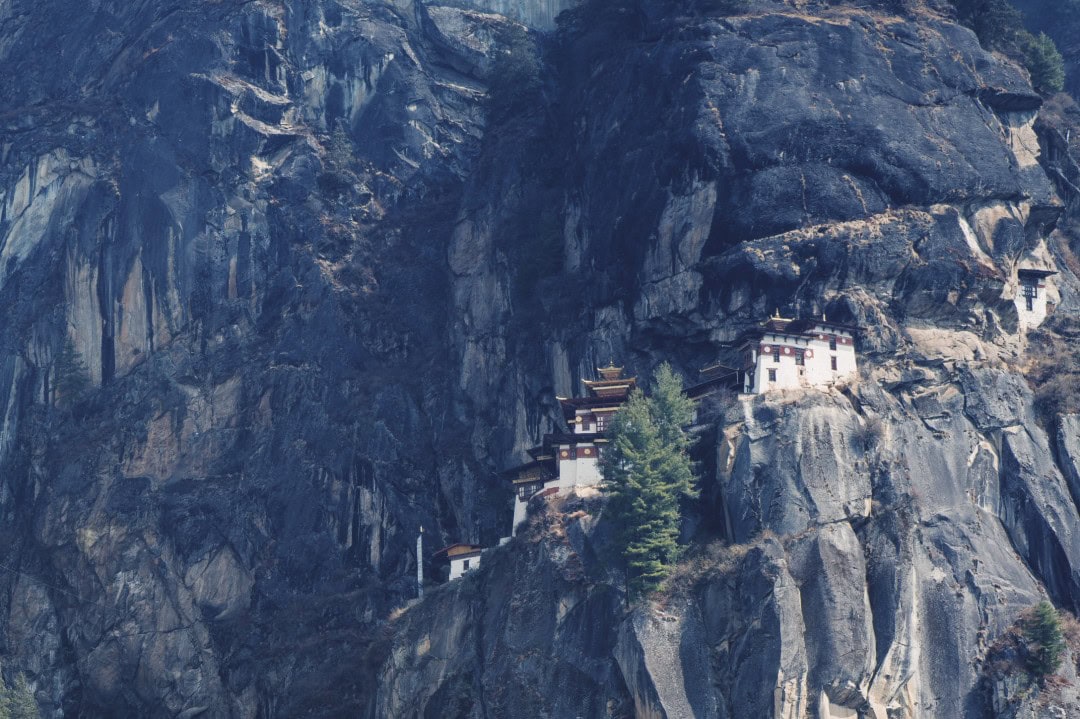
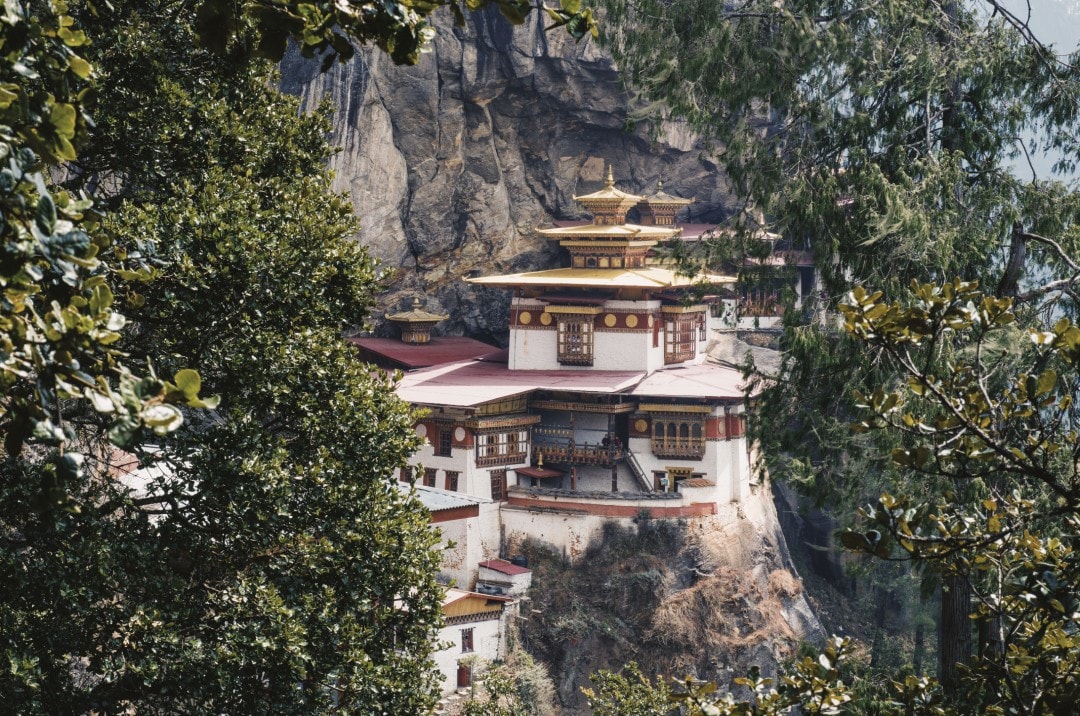
Thimphu
Thimphu is the capital of the Kingdom of Bhutan and the political, military, religious, and cultural center of the country. It is the only city in Bhutan; others are at most towns.
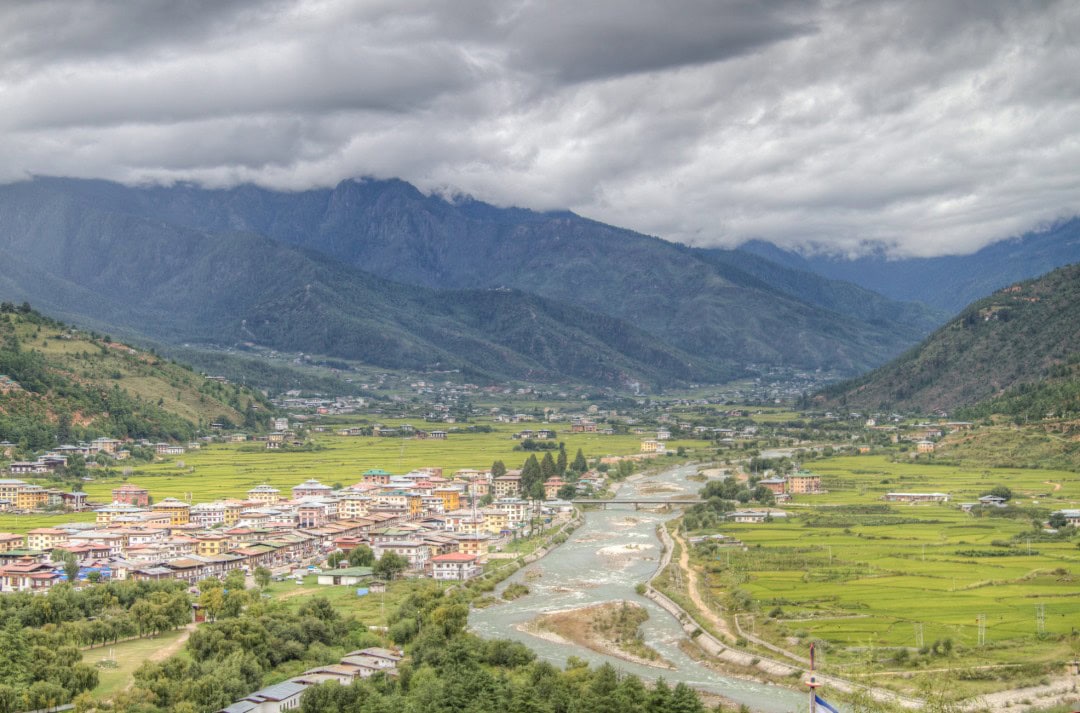
Tashichho Dzong
Tashichho Dzong was built in the 13th century and is the religious and administrative center of Bhutan. It’s where Bhutan’s King and Chief Abbot perform their duties.
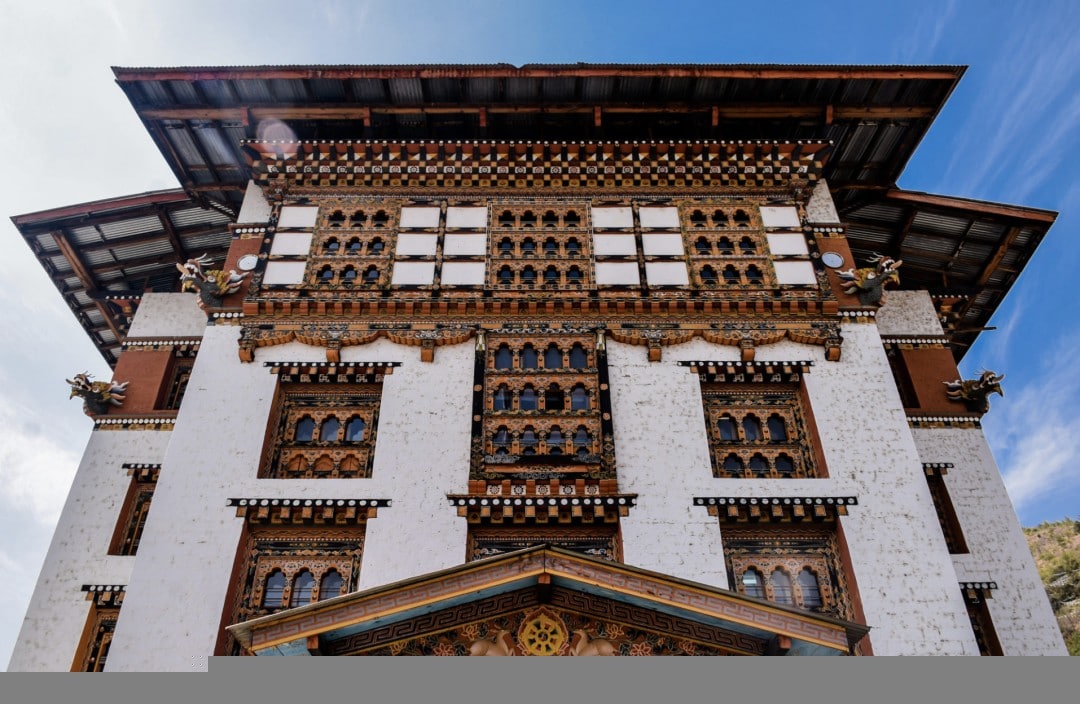
Tashichho Dzong, with seven stories, is presumably the tallest building in Bhutan.
National Post Office
Bhutan is renowned worldwide as a major stamp-producing country, to the extent that one of the stops in our itinerary arranged by the tour guide was the Thimphu Post Office.
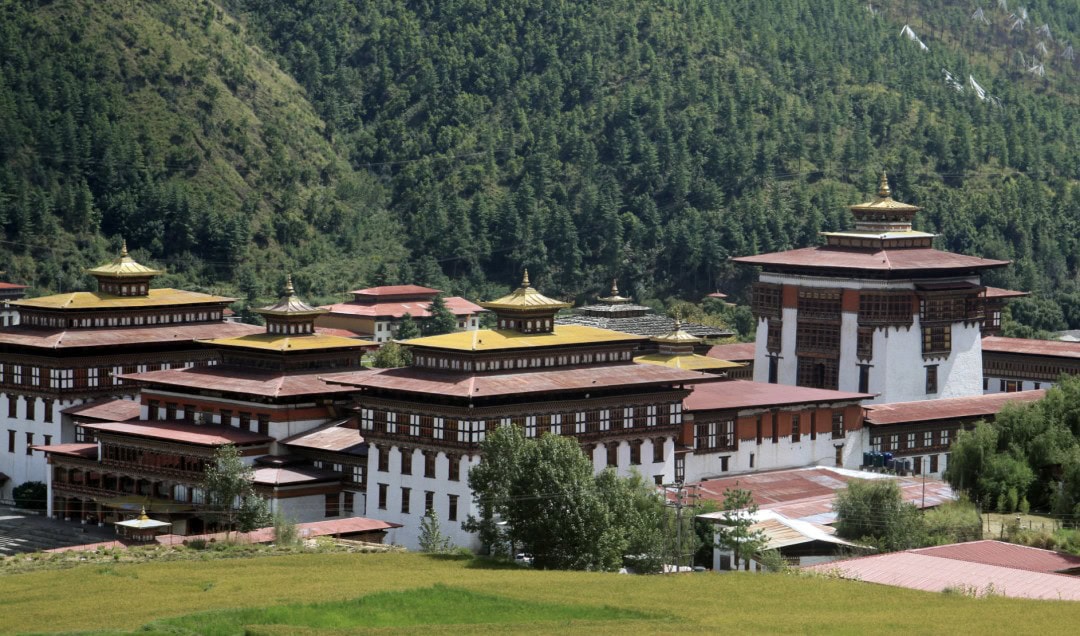
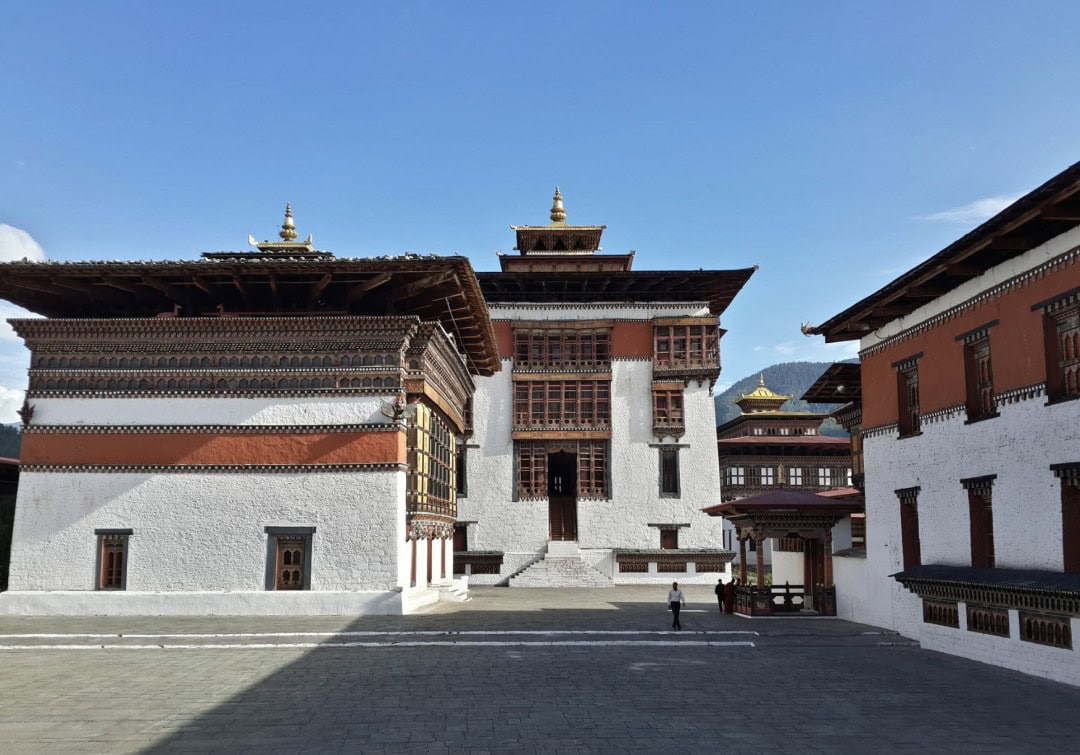
Bhutan has an abundance of stamps, and they are quite fascinating. At this post office, you can even turn your own photo into a stamp and mail it out.
Thimphu Buddha
This Buddha statue, the largest Vajra Throne Buddha in South Asia, was constructed with the aid of China. Perched on the hills of Thimphu, it overlooks the entire city, protecting the people of Thimphu.
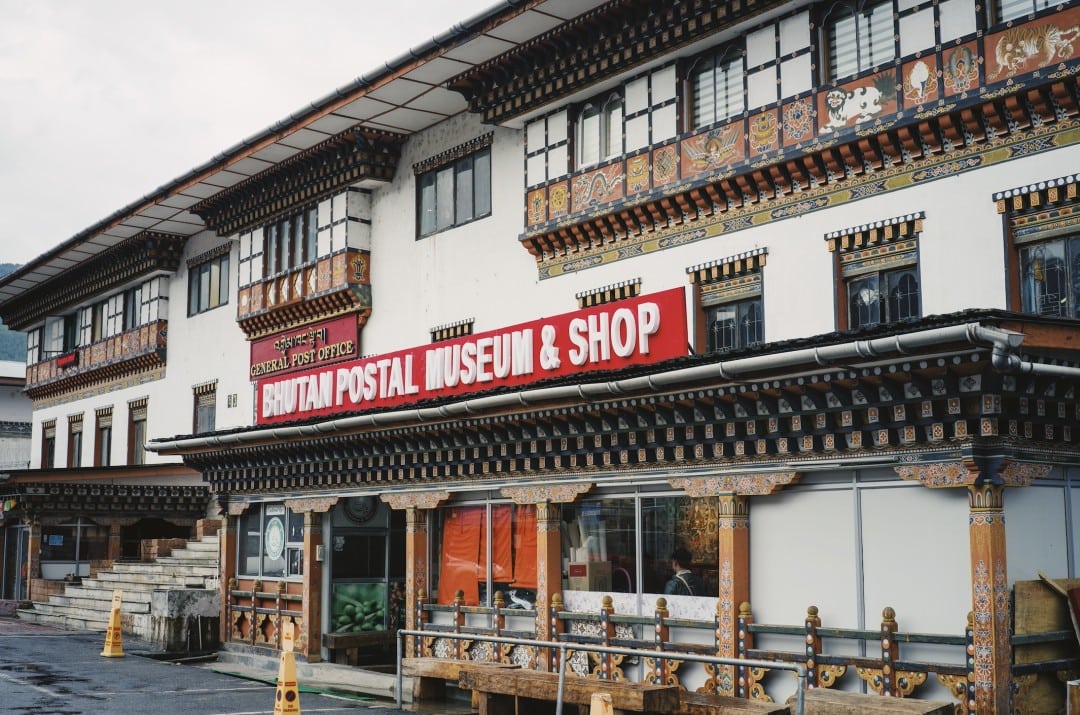
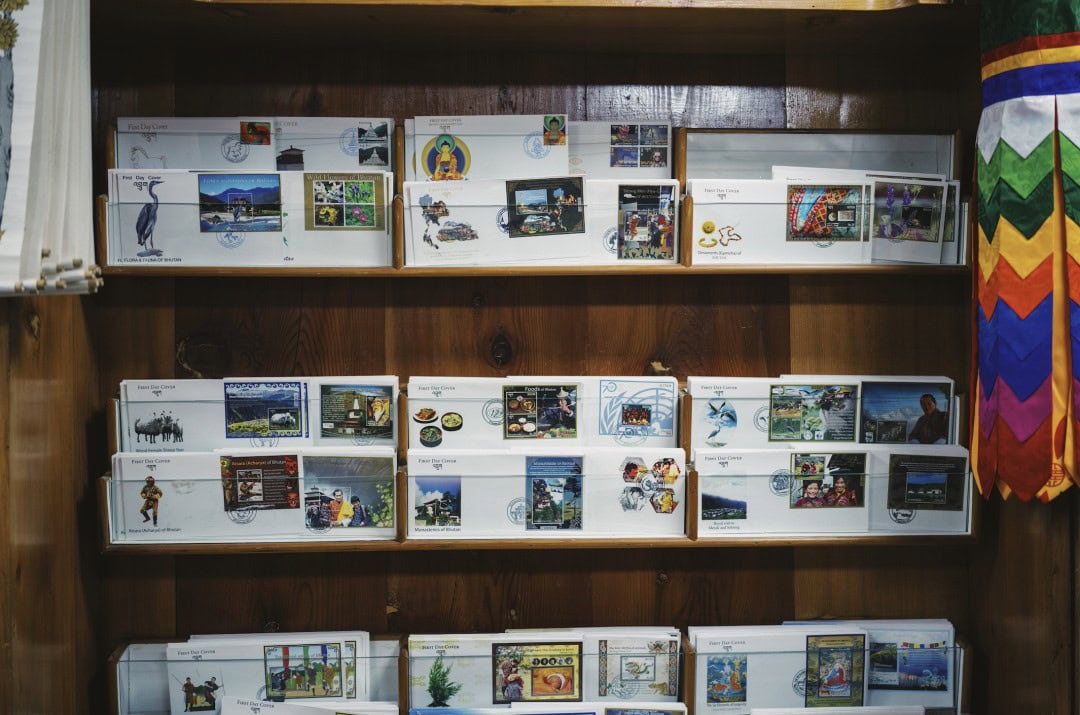
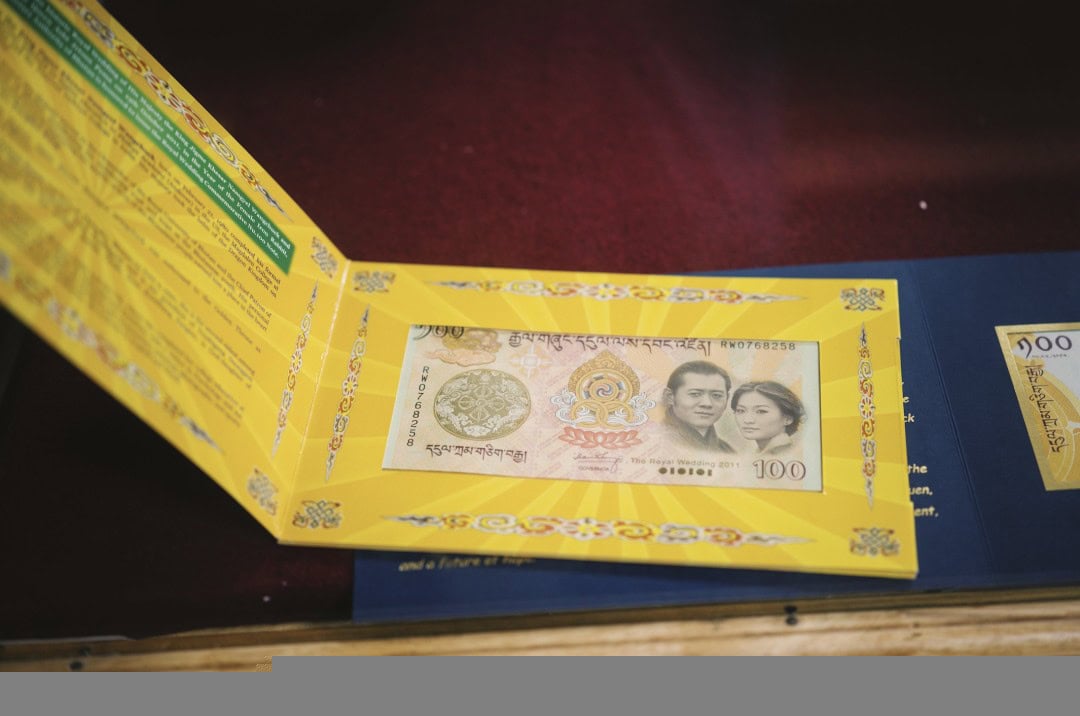
It is also one of the highest points in Thimphu, offering a panoramic view of the entire city.
Dochula Pass
Located at an altitude of 3,150 meters, Dochula Pass is a necessary passage when traveling from Thimphu to Punakha.
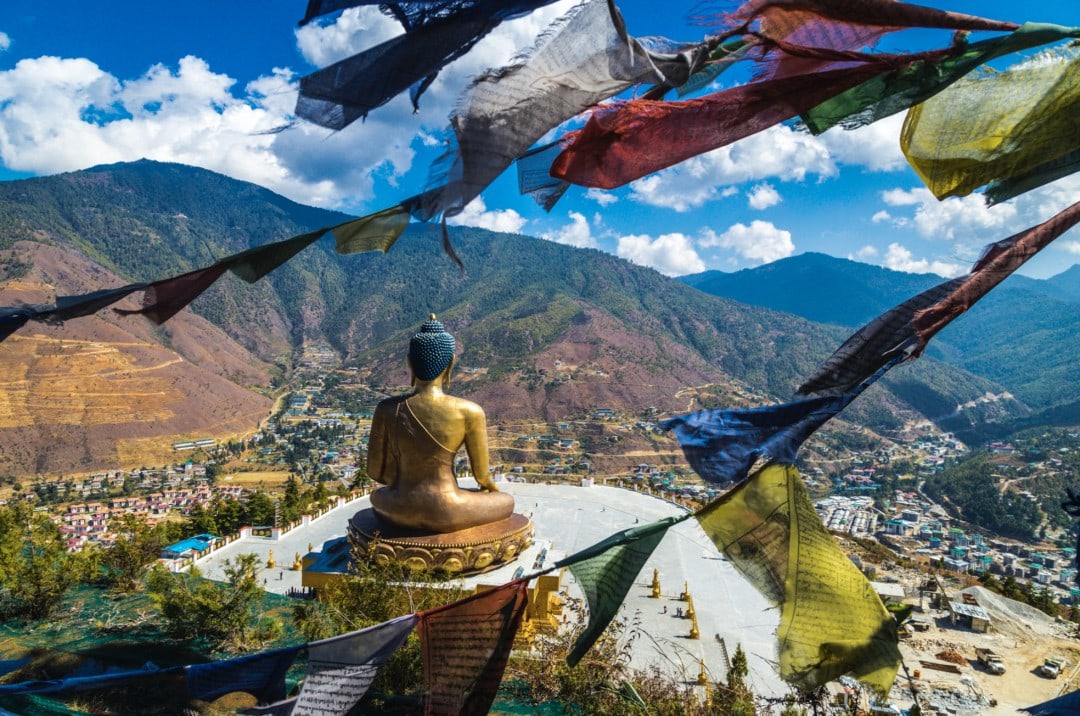
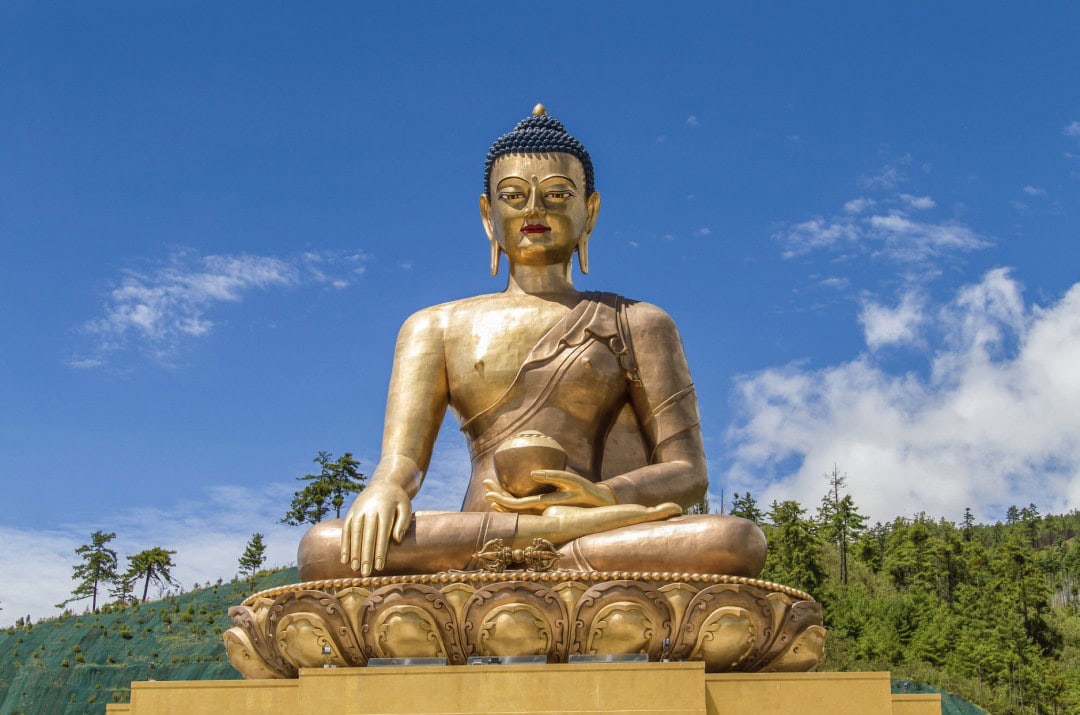
From here, you can enjoy distant views of the Himalayan mountains, including four 8,000-meter peaks, among which is Mount Everest. However, this is true only under good weather conditions. Unfortunately for us, we encountered thick fog during our journey both ways, obscuring any sight of the snowy peaks.
Additionally, there are 108 stupas here.
Moreover, Thimphu is one of the places in Bhutan rich in traditional folk culture.
As you walk through the streets of Thimphu, you will notice women wearing Kira and men wearing Gho, which are Bhutan’s traditional garments. Bhutan has regulations that require these to be worn at work.
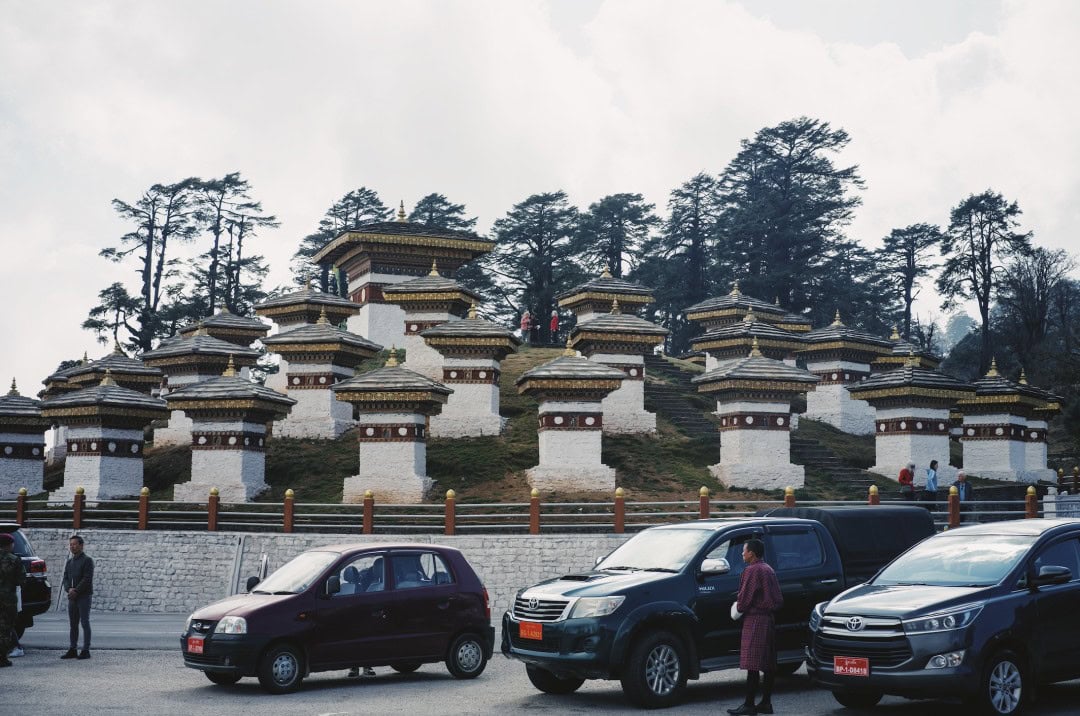
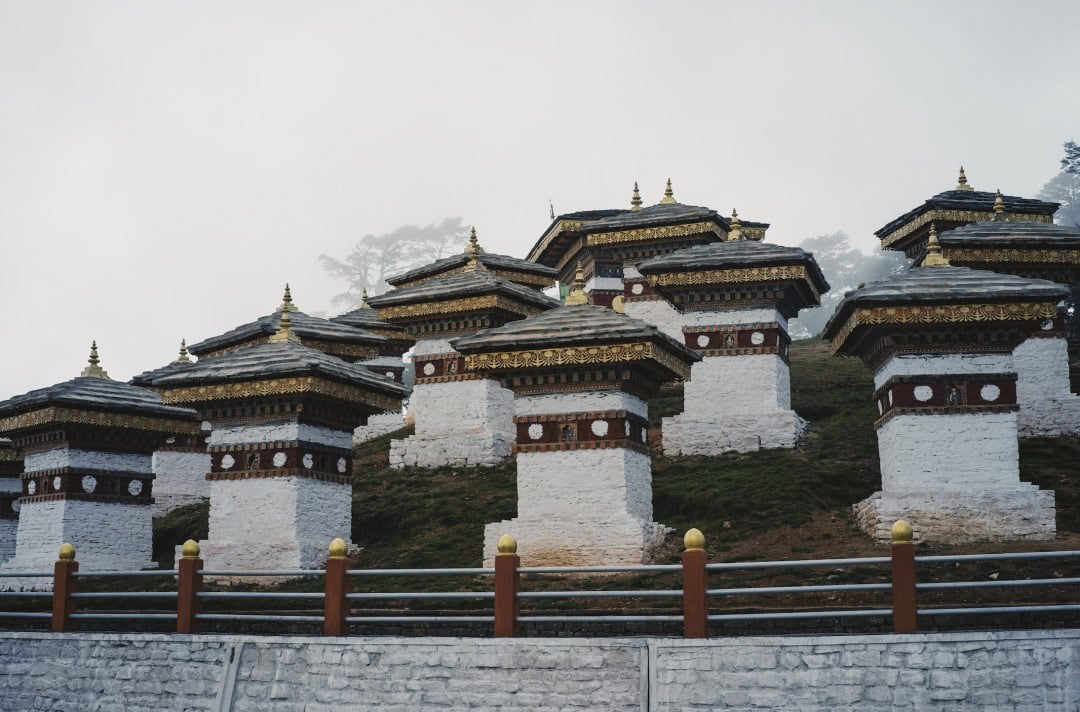
Punakha
Punakha is the old capital of Bhutan and a must-visit destination for travelers, home to the most beautiful fortress in Bhutan, Punakha Dzong.
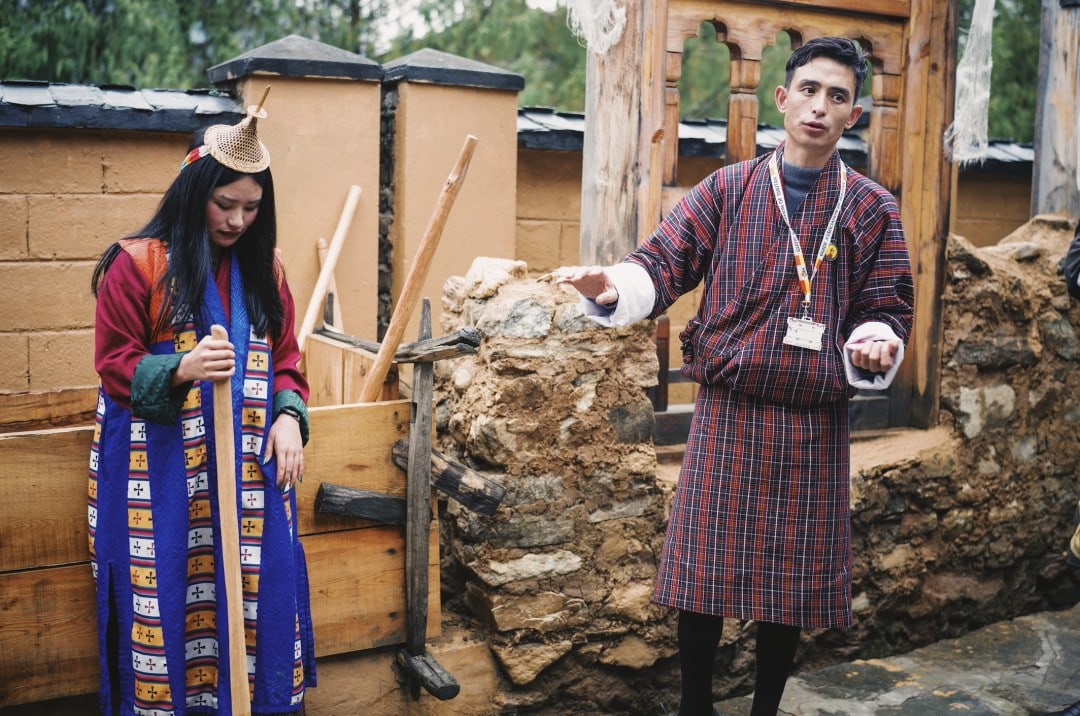
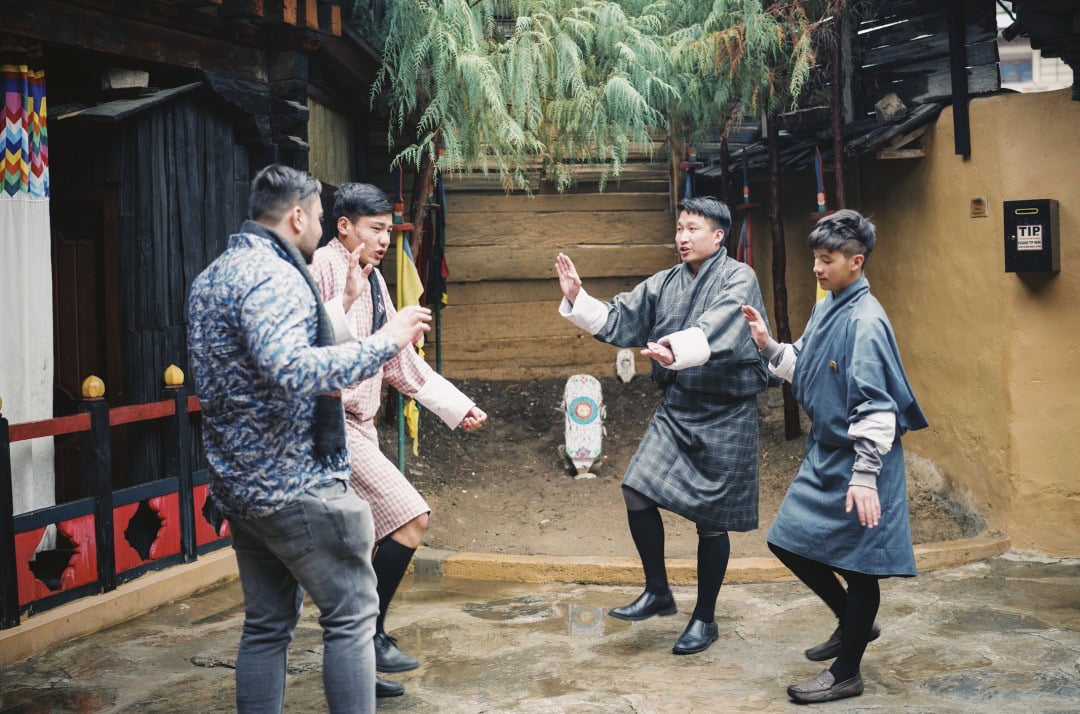
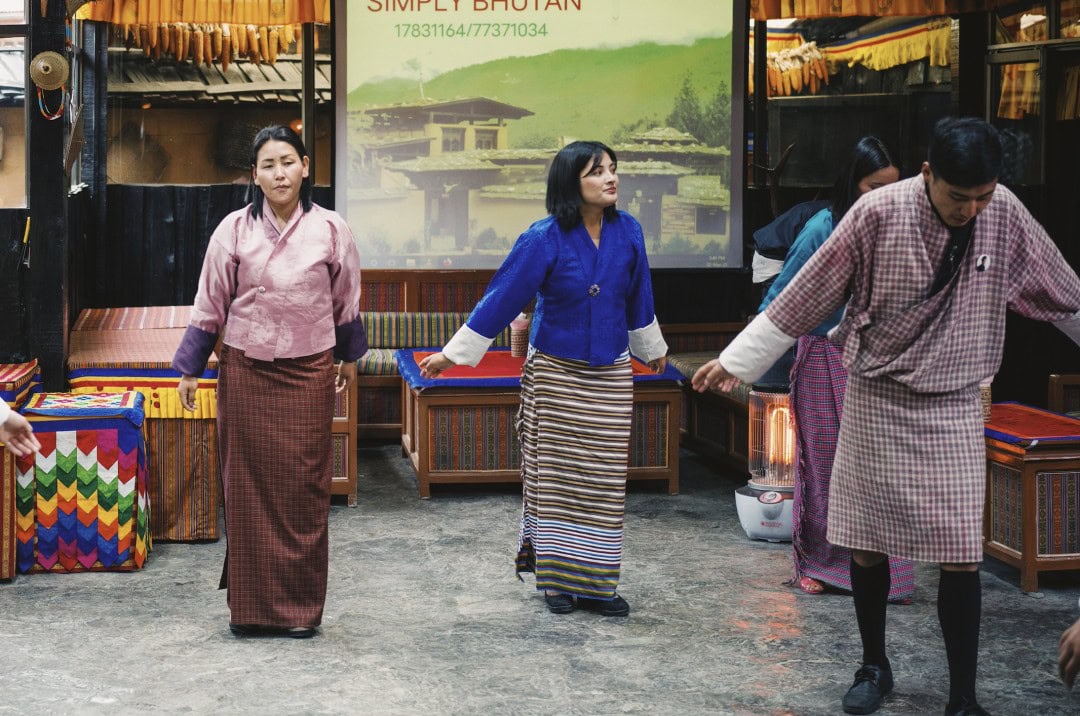
When we visited Punakha Dzong, we coincidentally attended their Tshechu festival, a special ceremony commemorating Guru Rinpoche, celebrated in Bhutan.
Bhutanese people believe that participating in the ceremonies and watching the rituals accumulate merit, so everyone is eager to participate, all dressed in their finest.
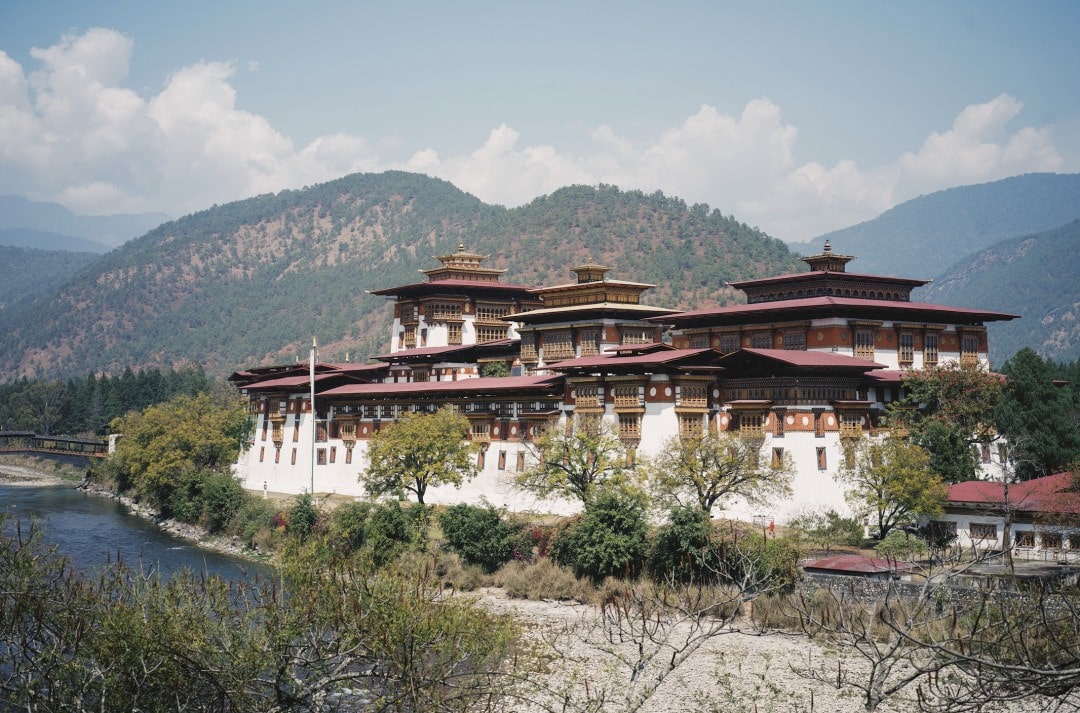
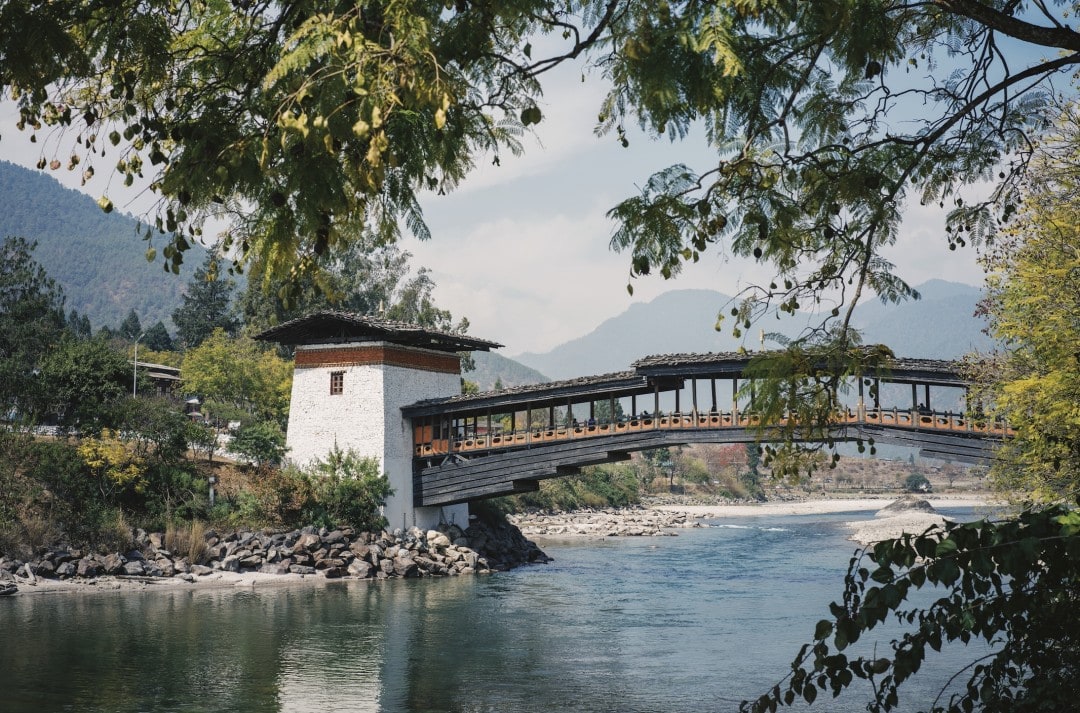
There are many festivals and ceremonies throughout Bhutan, occurring every ten days to two weeks.
The scenic beauty of the Punakha Valley makes it ideal for trekking.
Crossing suspension bridges, traversing farmlands, and climbing to the Khamsum Yulley Namgyal Chorten, a stupa built to protect the nation, took us just over an hour.
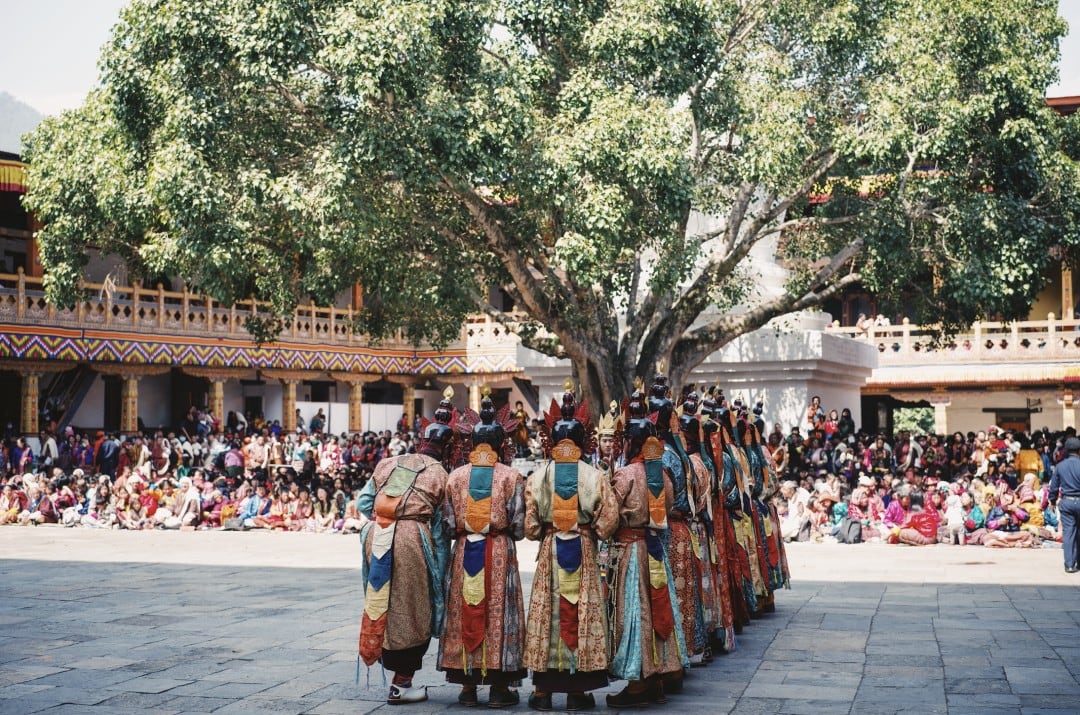
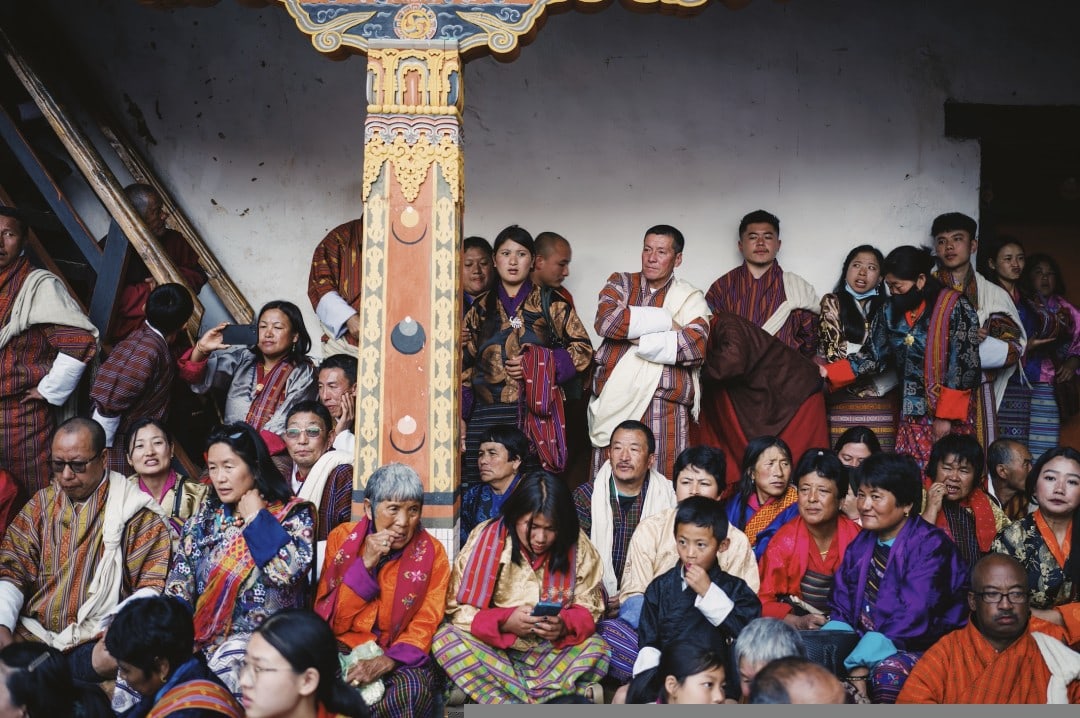
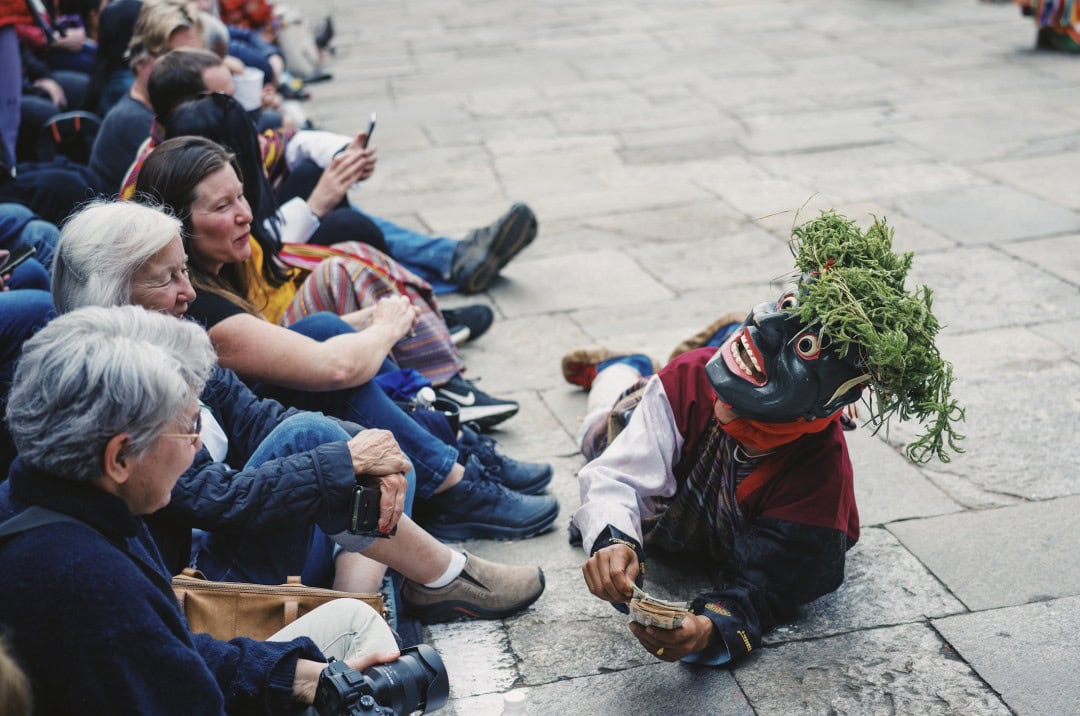
Bhutan is a country perfect for hiking.
Climbing up to the stupa and overlooking the Punakha Valley is truly a breathtaking experience.
Bumthang
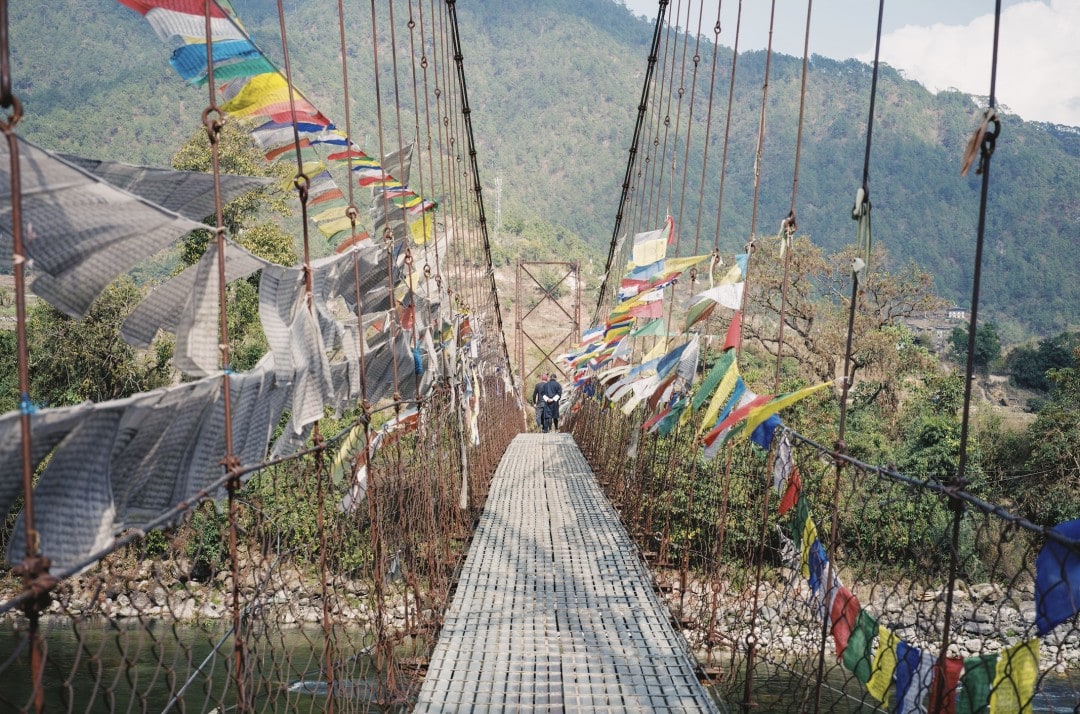
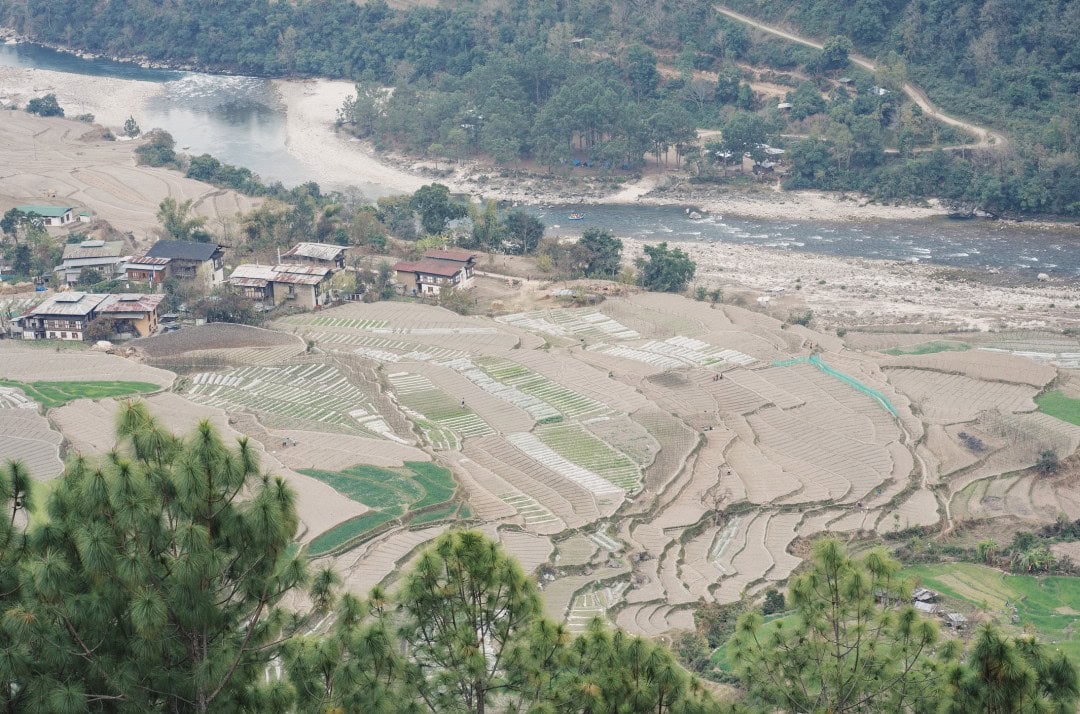
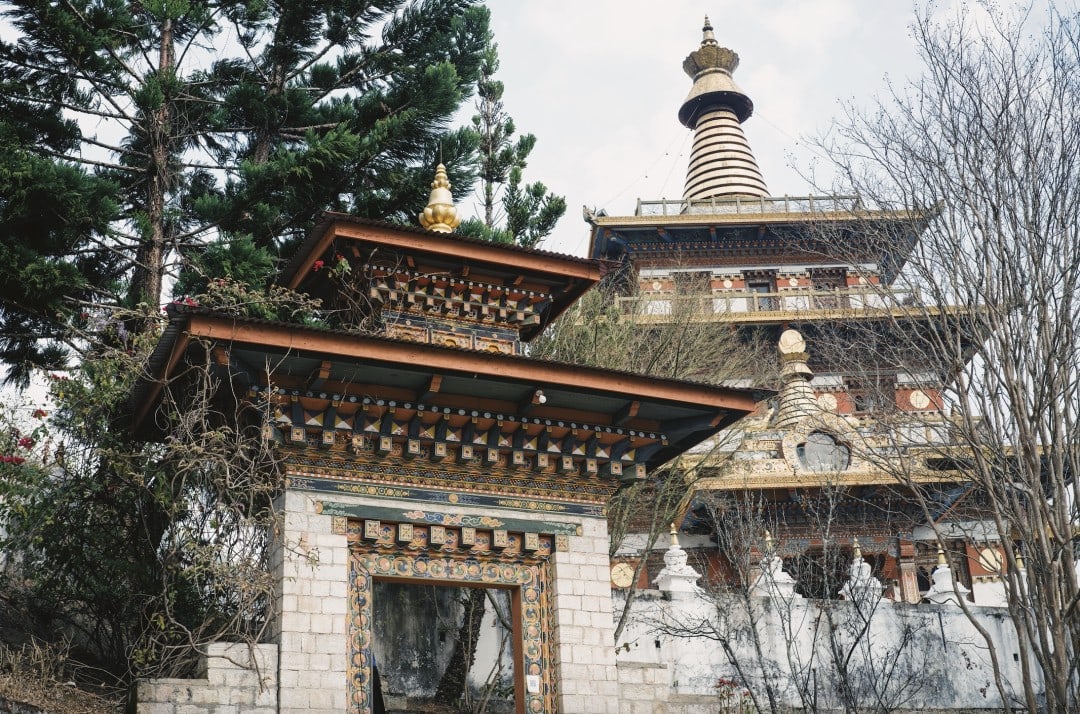
Bumthang is considered the cradle of Bhutan’s religious culture. The renowned Guru Rinpoche once propagated Buddhism here, making it a must-visit site for pilgrims.
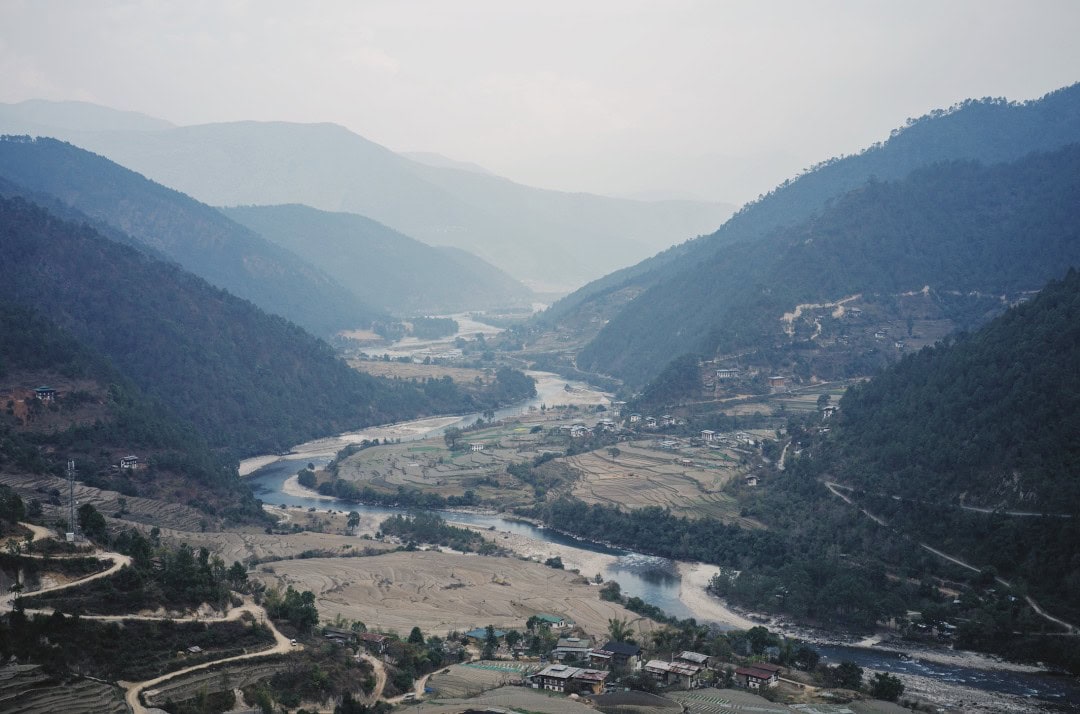
It is an ancient small town featuring 29 temples and a rich cultural atmosphere. The scenery here is somewhat reminiscent of Switzerland, earning it the nickname “Little Switzerland of Bhutan.”
For a 6-day, 5-night itinerary, it might be challenging to visit Bumthang. However, for a 7-day or 8-day trip, I highly recommend including it in your plans.
Traveling from the capital, Thimphu, to Bumthang takes about 6-7 hours by car (passing through Punakha), traversing winding mountain roads all the way.
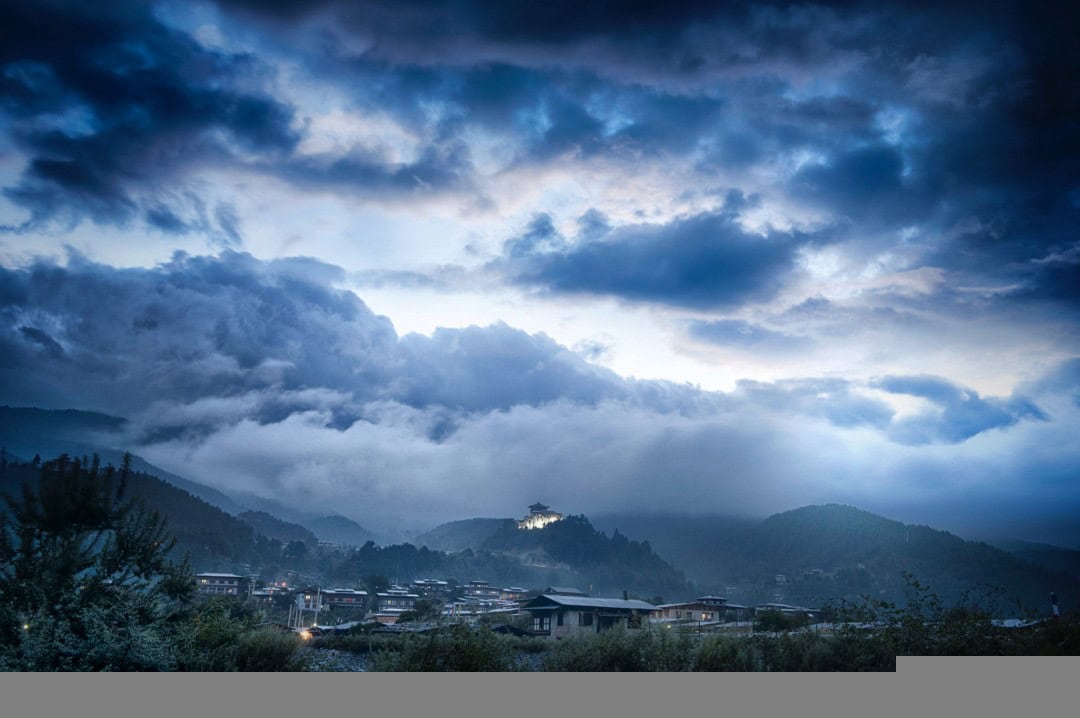
Jakar Dzong is a must-see in Bumthang. Located on a hillside across the Chhu Valley, it is known as the “Castle of the White Bird” due to its resemblance to a white bird.
Jambay Lhakhang in Bumthang is the oldest temple in Bhutan.
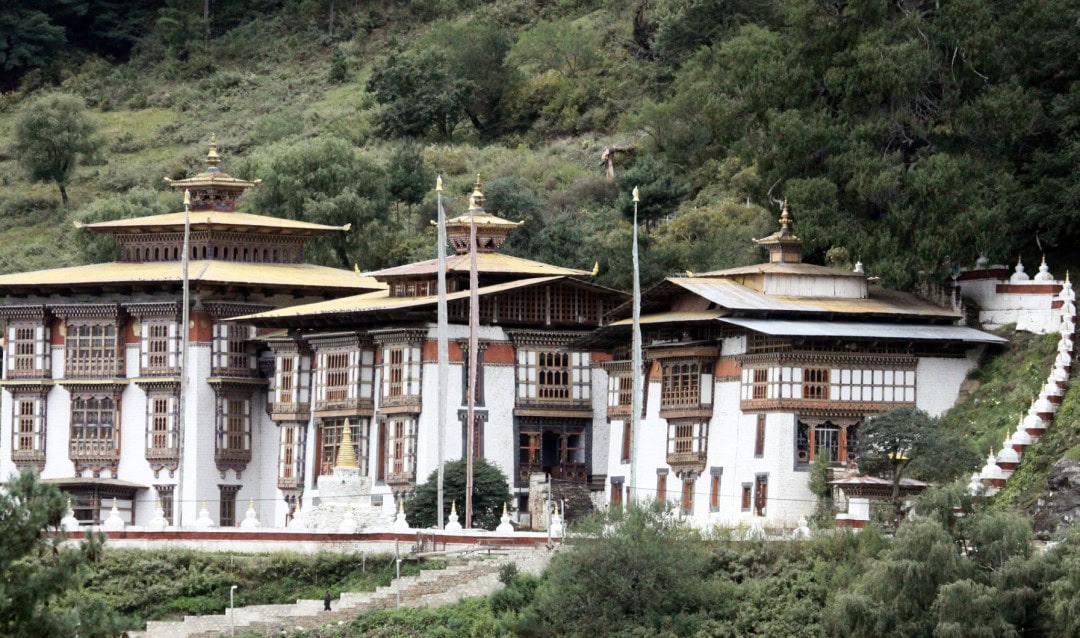
Gangtey
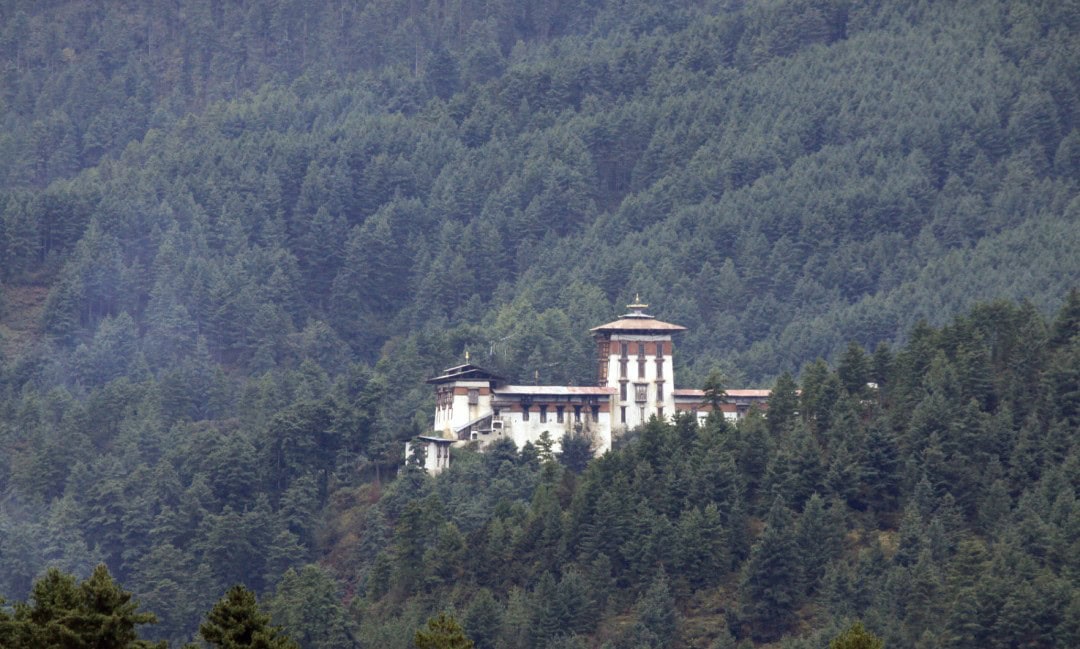
Gangtey boasts the most beautiful valley in Bhutan, surrounded by mountains, making it an excellent place for trekking.
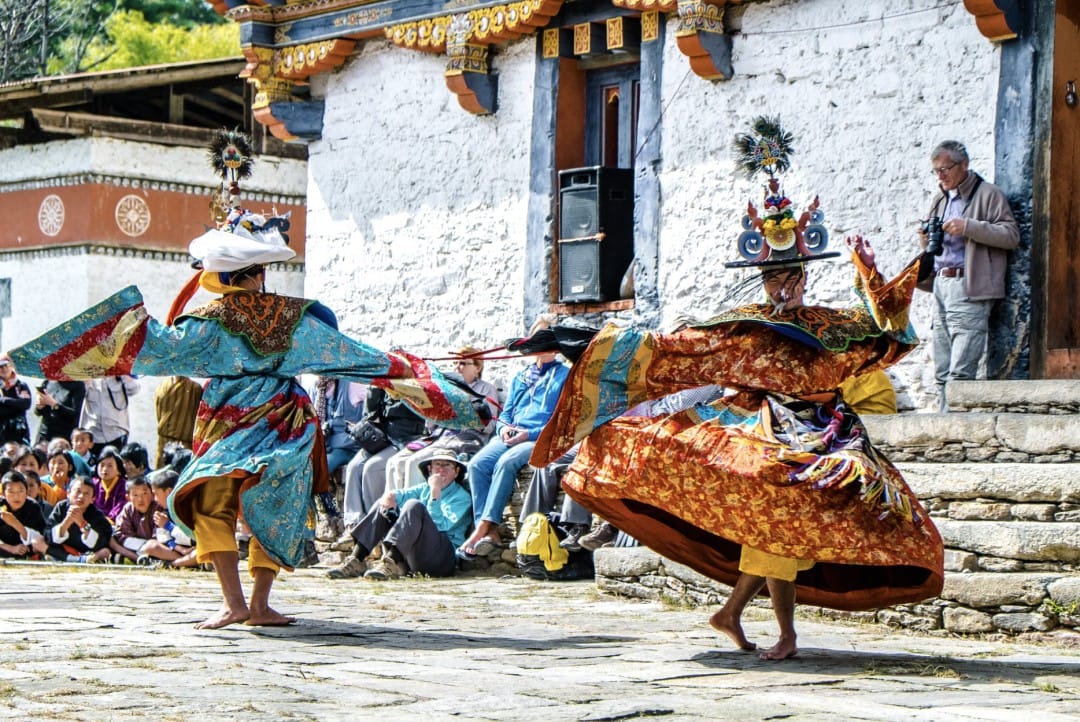
Generally, for a 6-day, 5-night itinerary, you can plan to stay in Thimphu (1 night), Punakha (2 nights), and Paro (2 nights). If you have a 7-day, 6-night, or an 8-day, 7-night itinerary, you can add a visit to Bumthang or Gangtey.
8) How to Arrange a Bhutan Trip
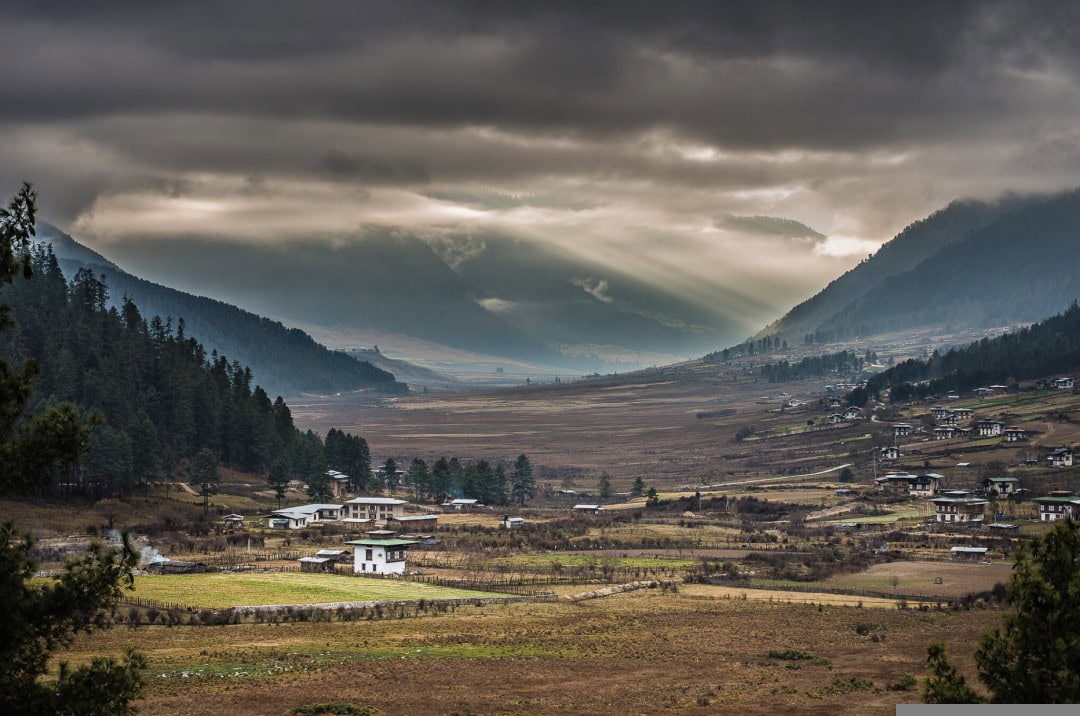
Since Bhutan and China do not have diplomatic relations, theoretically, domestic travel agencies in China cannot sell Bhutan travel products (as it is non-compliant).
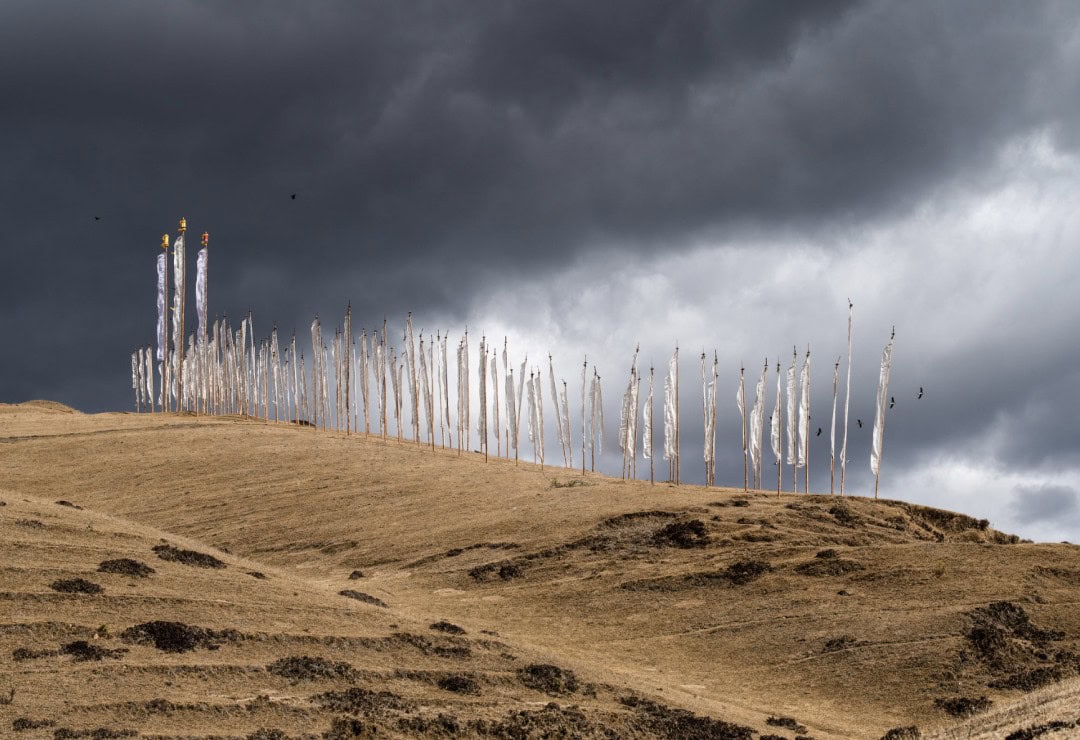
One solution is to visit the website of the Tourism Council of Bhutan.
http://www.btb.com.bt
There is a section called “Book Your Bhutan Trip,” where the tourism council will introduce some Bhutanese travel agencies to help you customize your trip.
There are only about a dozen Chinese-speaking guides in Bhutan, so they are relatively scarce resources.
You can also directly follow itineraries arranged by Bhutanese hotels.
There are numerous excellent hotels in Bhutan, including Aman, Six Senses, COMO, SLH, Le Meridien, and others, all having a presence in Bhutan.
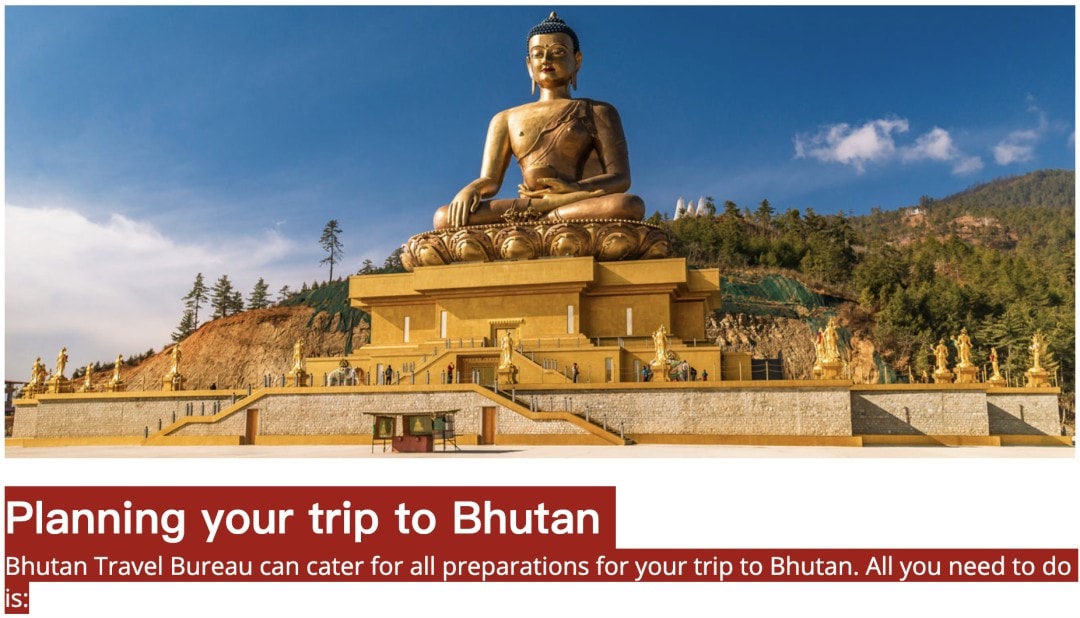
Hotels in Bhutan are not just accommodations; they also organize itineraries, similar to the services offered by LUX* and Songtsam in China.
The image below is an explanation from the SLH (Small Luxury Hotels) website for booking at Bhutan Spirit Sanctuary. The hotel assists with visa arrangements and organizes a comprehensive itinerary.
We stayed at the Bhutan Spirit Sanctuary on this trip, an all-inclusive hotel where everything in the hotel is free, even including hot stone baths and SPA services.
SLH has two hotels in Bhutan, located in Paro and Gangtey, respectively, and you can travel between them conveniently.

There are many itineraries in Bhutan where hotels are the connecting points. Amankora and Six Senses have properties in Thimphu, Punakha, Gangtey, Bumthang, and Paro.
Amankora offers 7-13 night and 8-16 night packages, starting prices for two people are over 100,000 CNY.
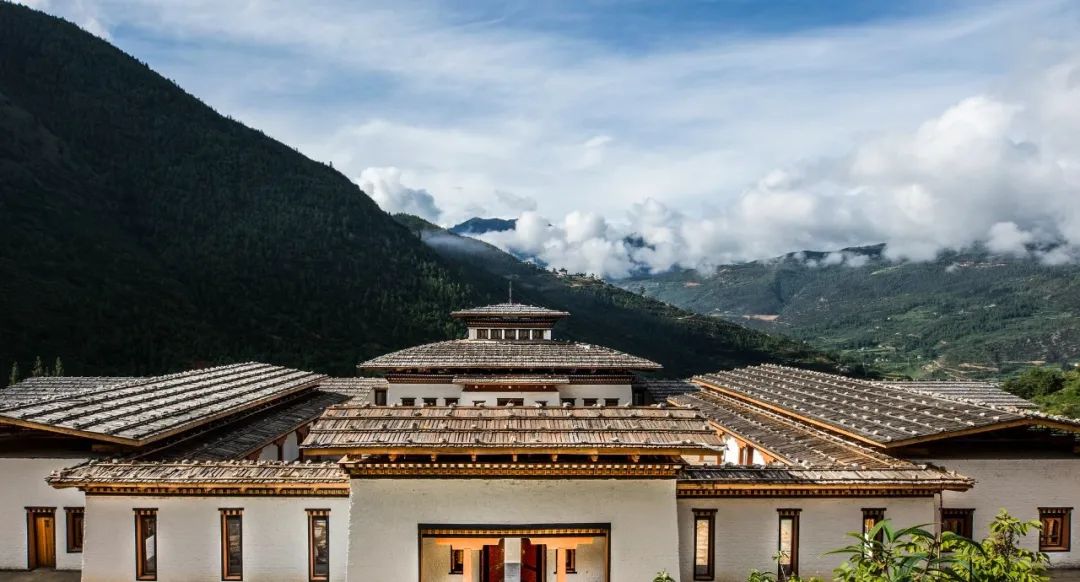
COMO has two hotels in Paro and Punakha. The Paro COMO is where Tony Leung and Carina Lau held their wedding. I stayed for a night at Punakha COMO this time, and the view was absolutely stunning.
The picture below shows the Shambala Spa at Punakha COMO.
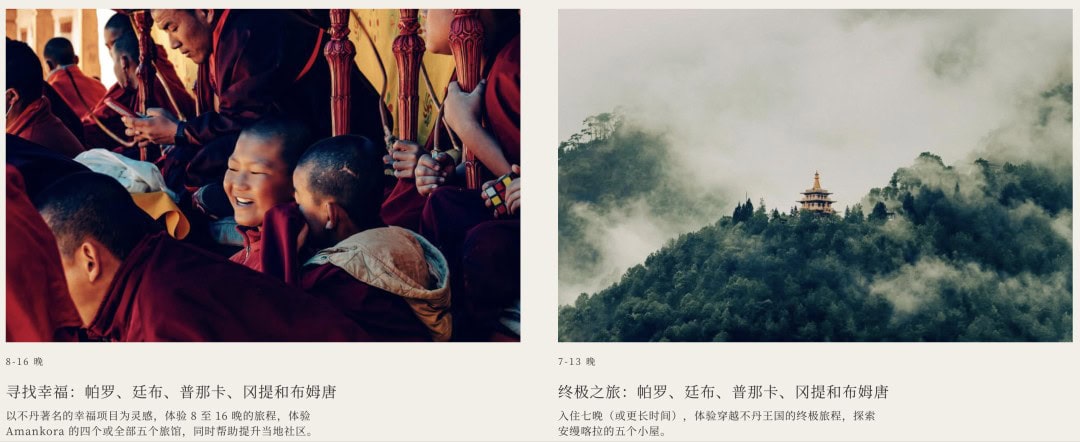
Marriott’s Le Meridien Paro, Riverfront has hotels in Paro and Thimphu, each with relatively high cost-effectiveness, roughly under 2000 CNY per night.
If you want to go to Bhutan, finding a hotel first is the right approach.
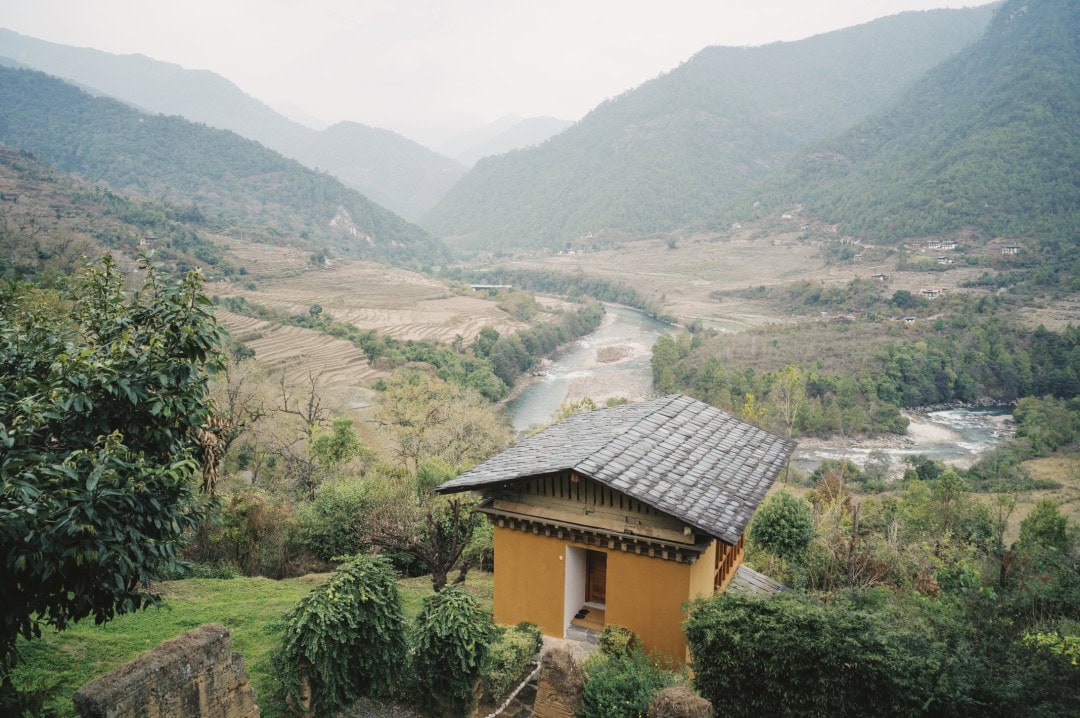
9) Peak and Off-Peak Travel Seasons in Bhutan
Spring (March-May) and autumn (September-November) are the peak seasons for traveling in Bhutan.
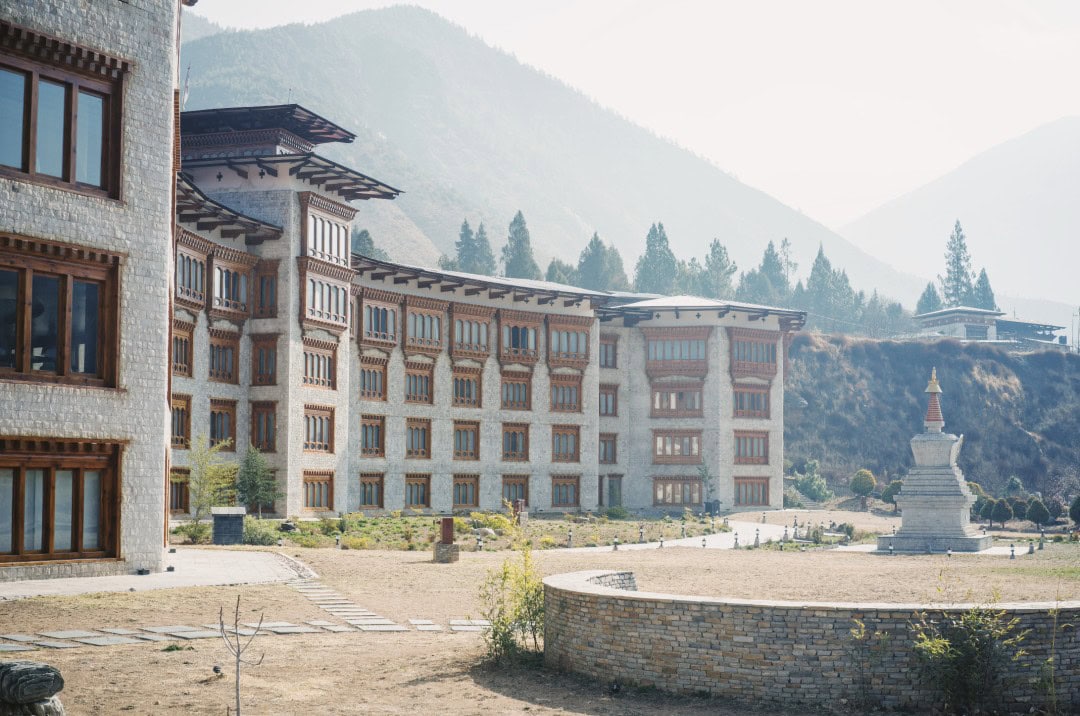
The remaining time is the off-peak season. Summers are rainy and winters can have heavy snow closing mountain passes, making them less ideal for travel.
Try to avoid traveling to Bhutan in winter as most transportation relies on cars, and roads may be closed due to snow.
April and May are the blooming seasons for jacaranda flowers, making Punakha Dzong exceptionally beautiful.
Autumn is suitable for hiking in Bhutan as it rarely rains and the weather is good every day.
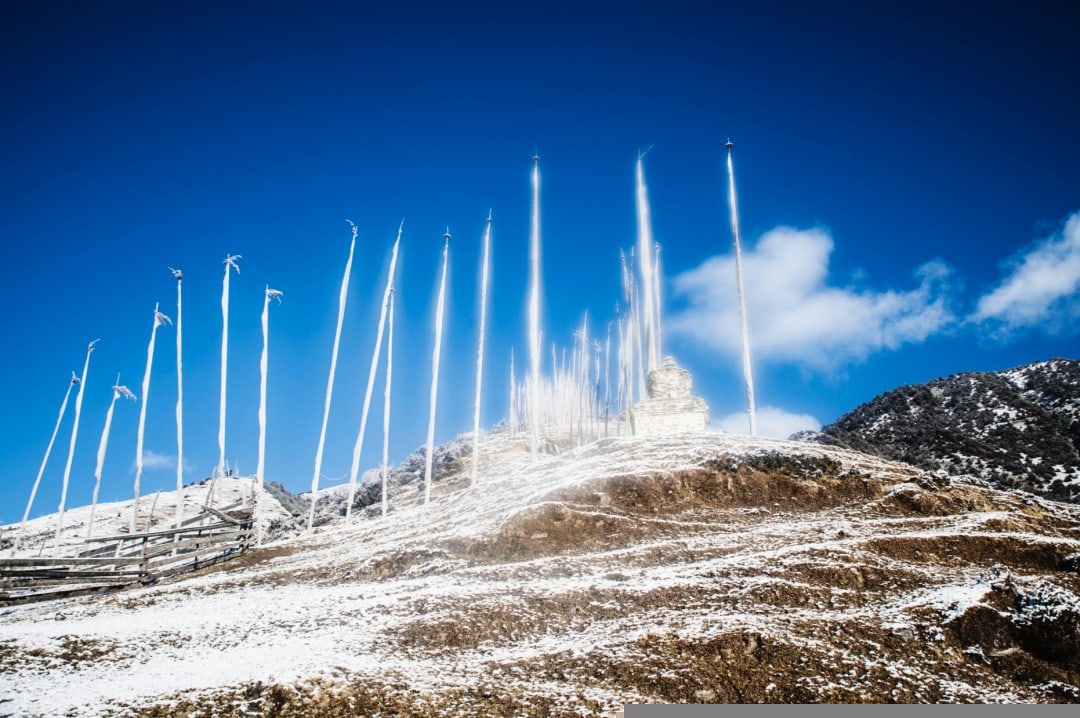
Autumn is also harvest season in Bhutan, with landscapes turning golden.
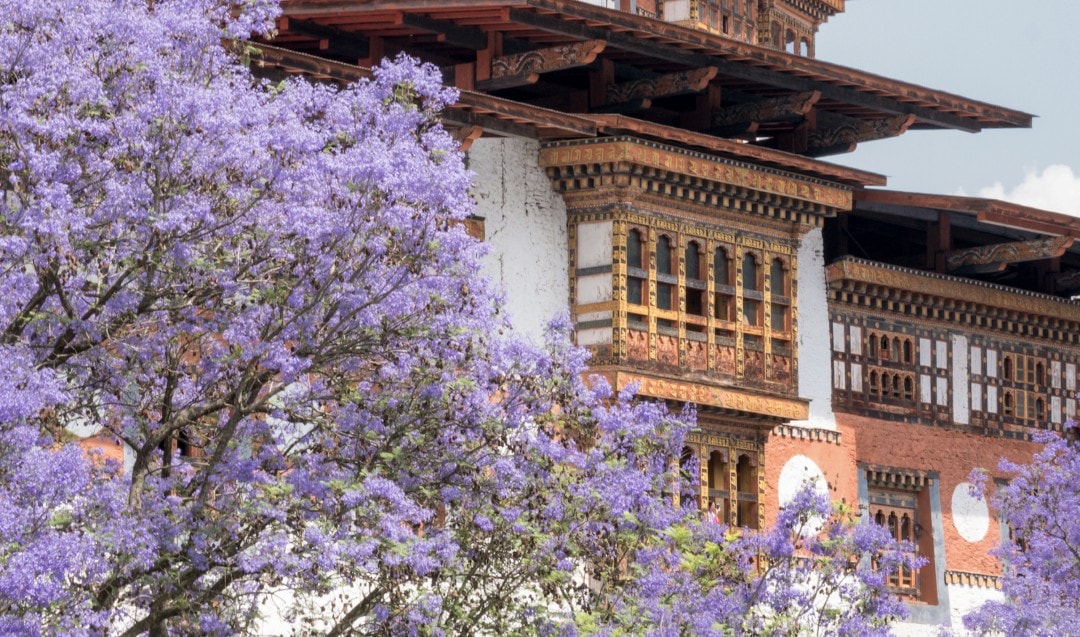
Lastly, here are some tips for traveling in Bhutan:
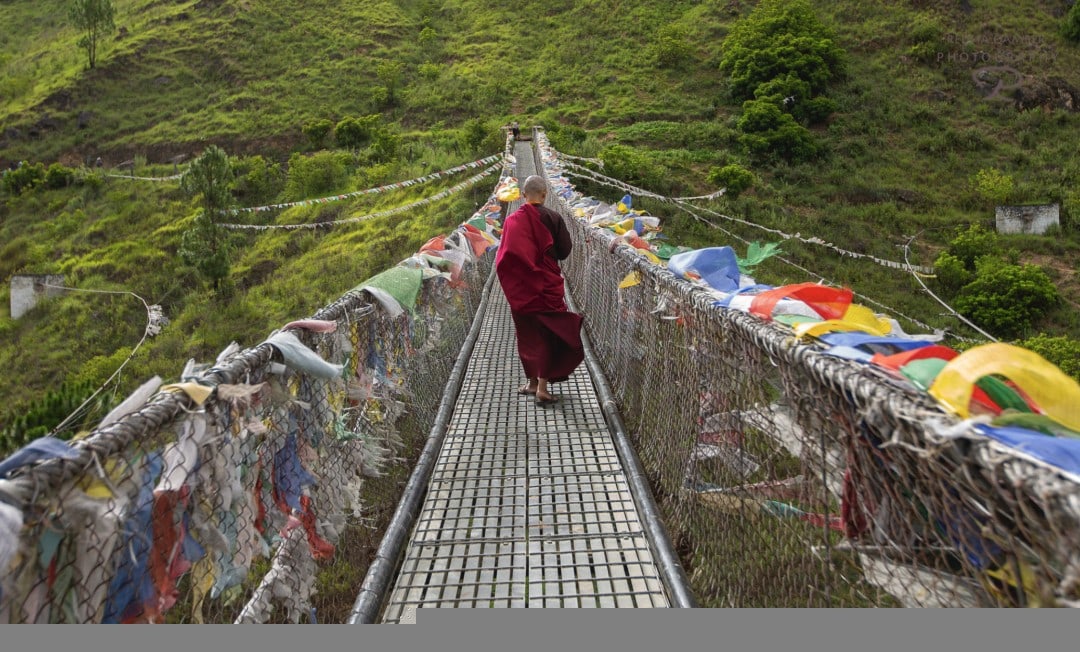
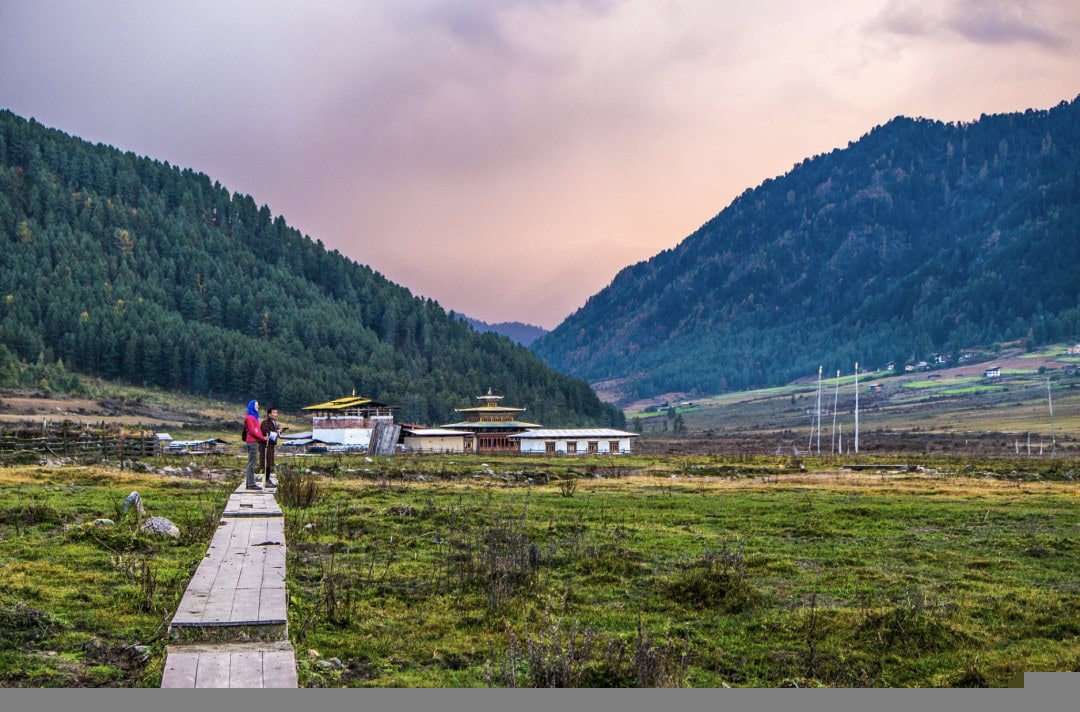
Bhutan does not require a nucleic acid test report or proof of vaccination.
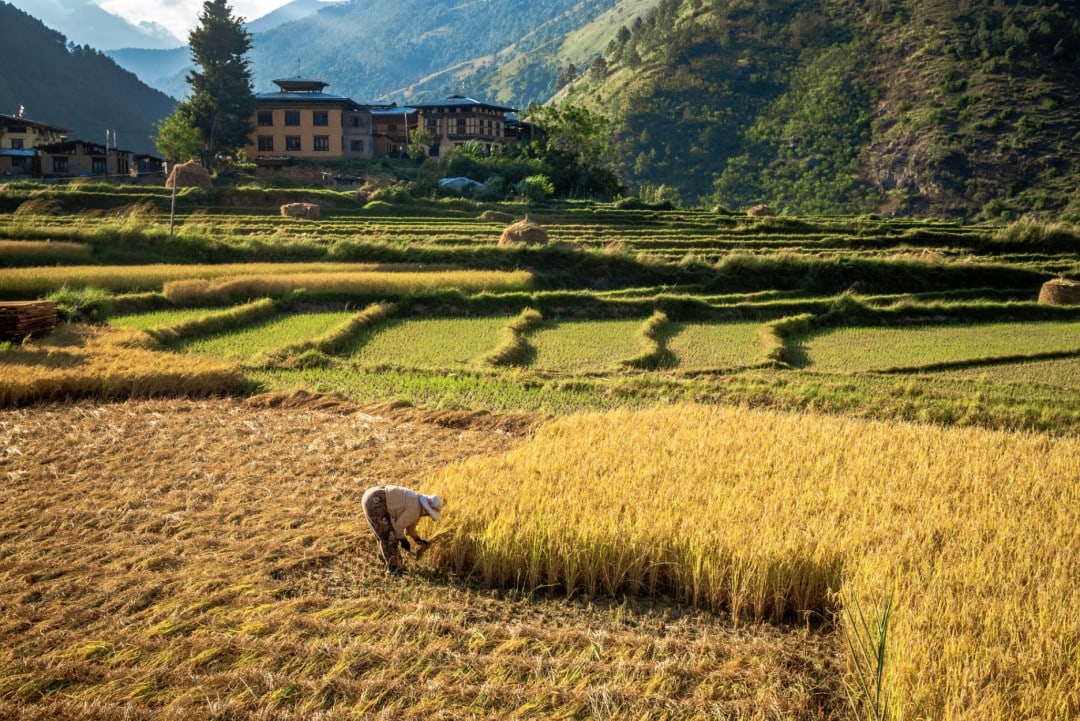
Mobile signal in Bhutan is not very good; telecom and unicom services do not work well in Bhutan due to the lack of diplomatic relations.
Bhutan has a nationwide smoking ban, and smoking can result in heavy fines.
Food in Bhutan is very spicy, so be mindful of your stomach.
Bhutan’s medical supplies primarily consist of Tibetan medicine and traditional Indian medicine. When traveling to Bhutan, it is advisable to bring your personal medications.
Do not lose your passport in Bhutan; it can be extremely troublesome.
Chinese plugs are compatible in Bhutan. I have attached a photo of a Bhutanese socket.
Some travel information for Bhutan:


